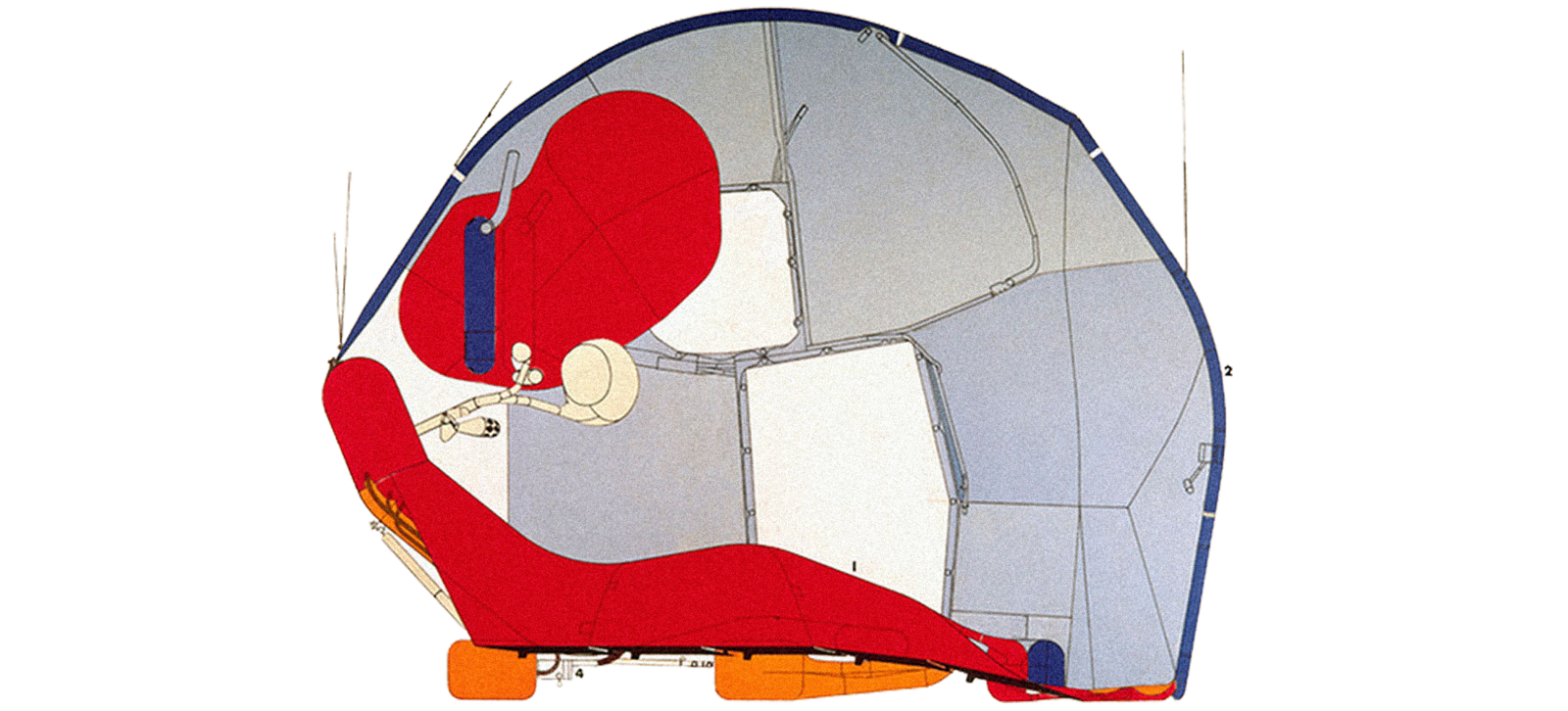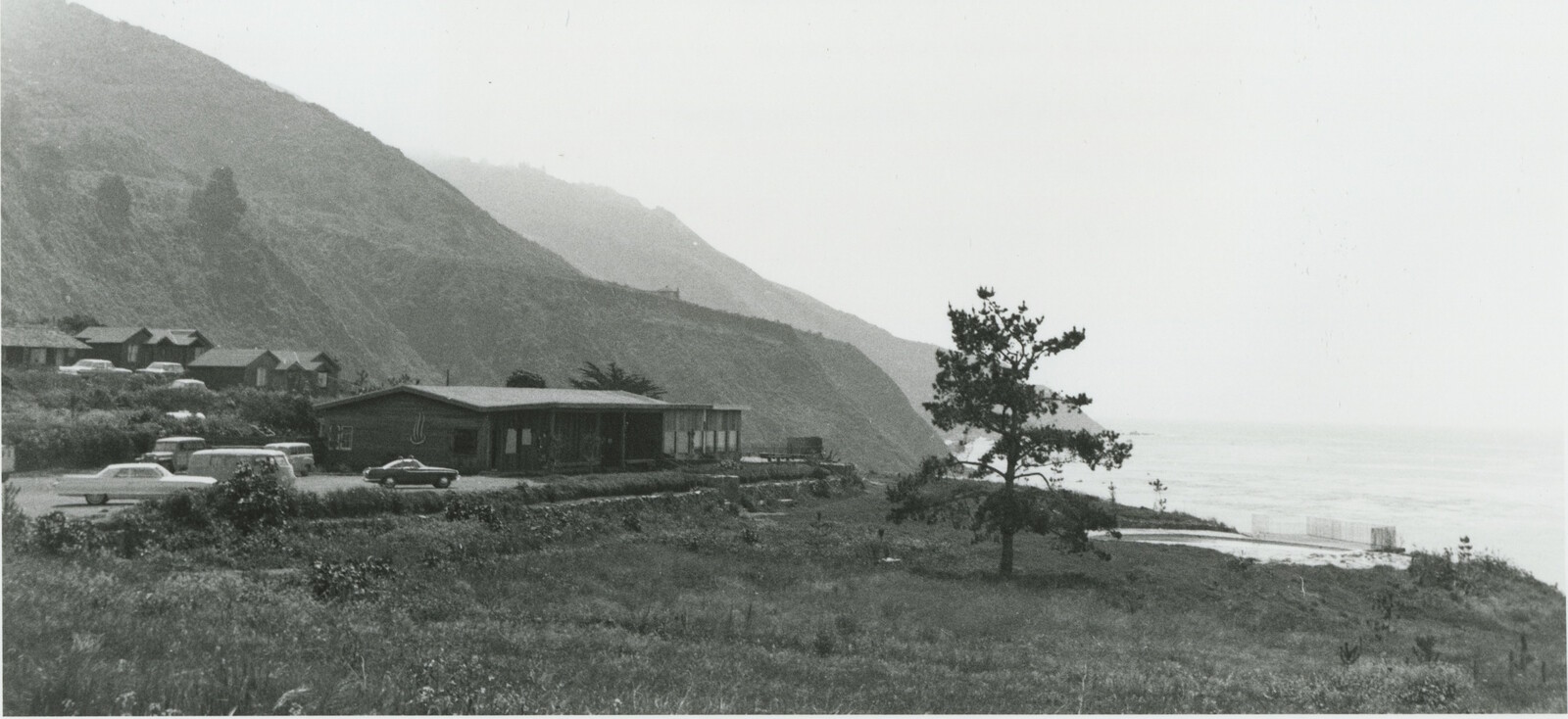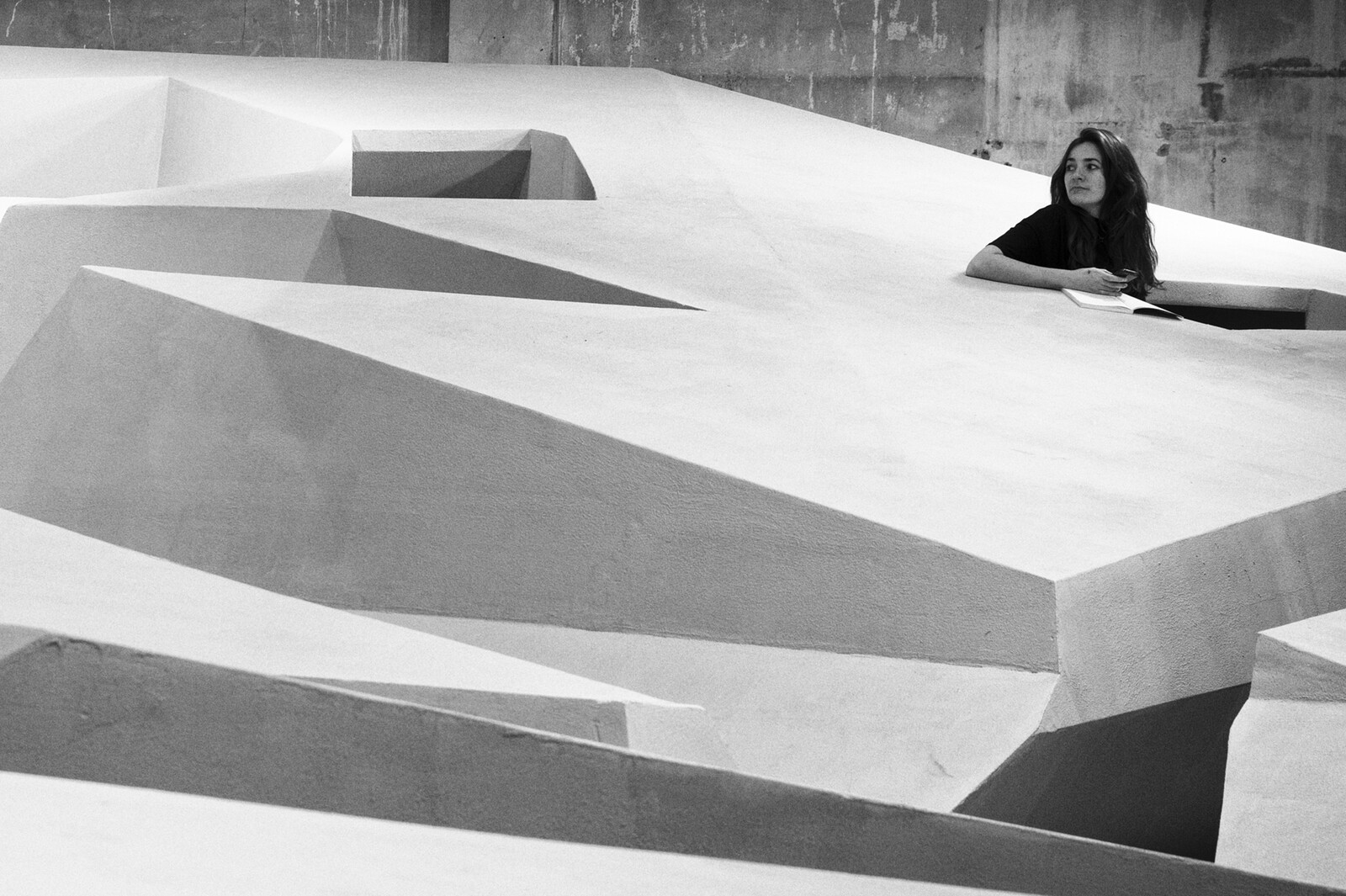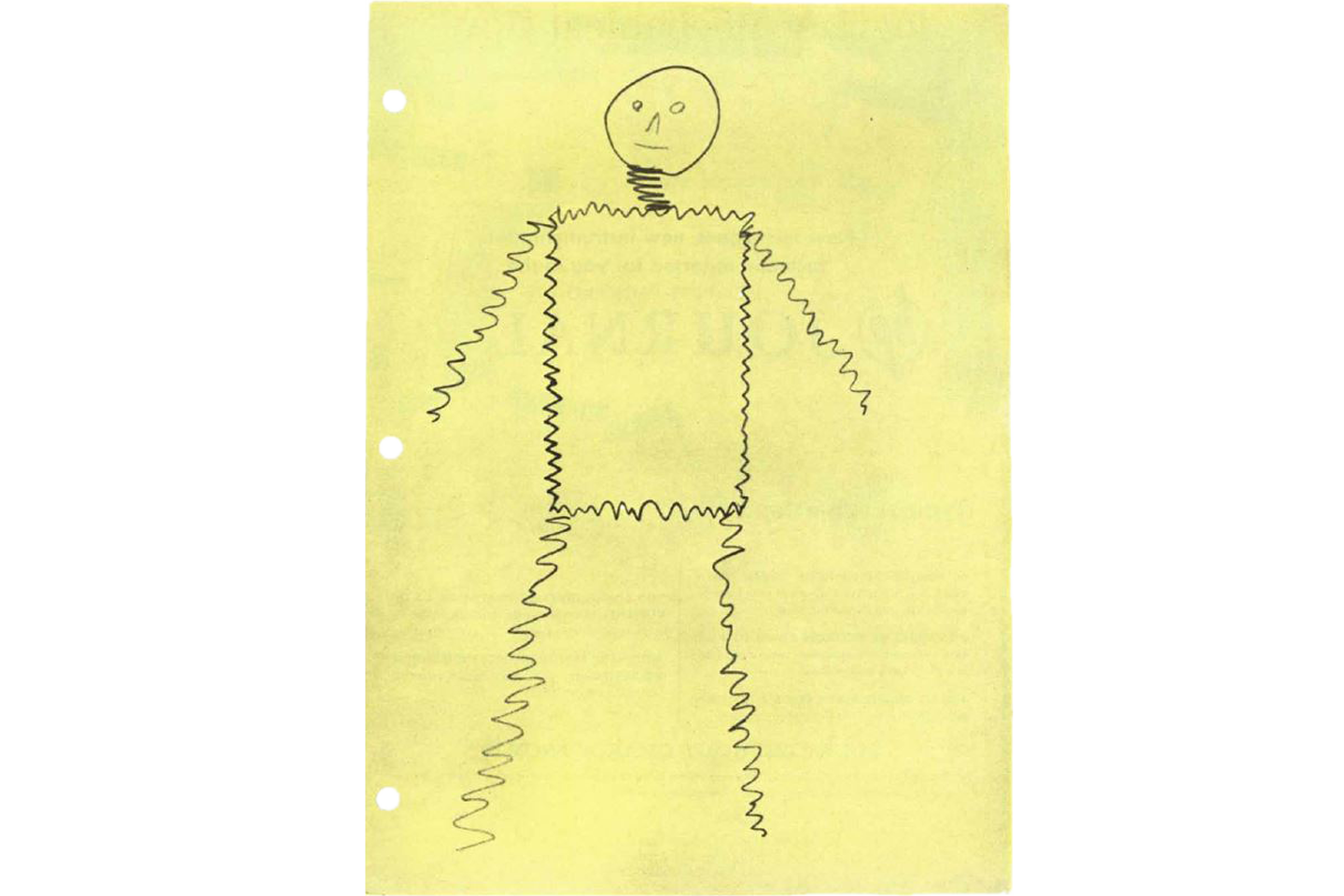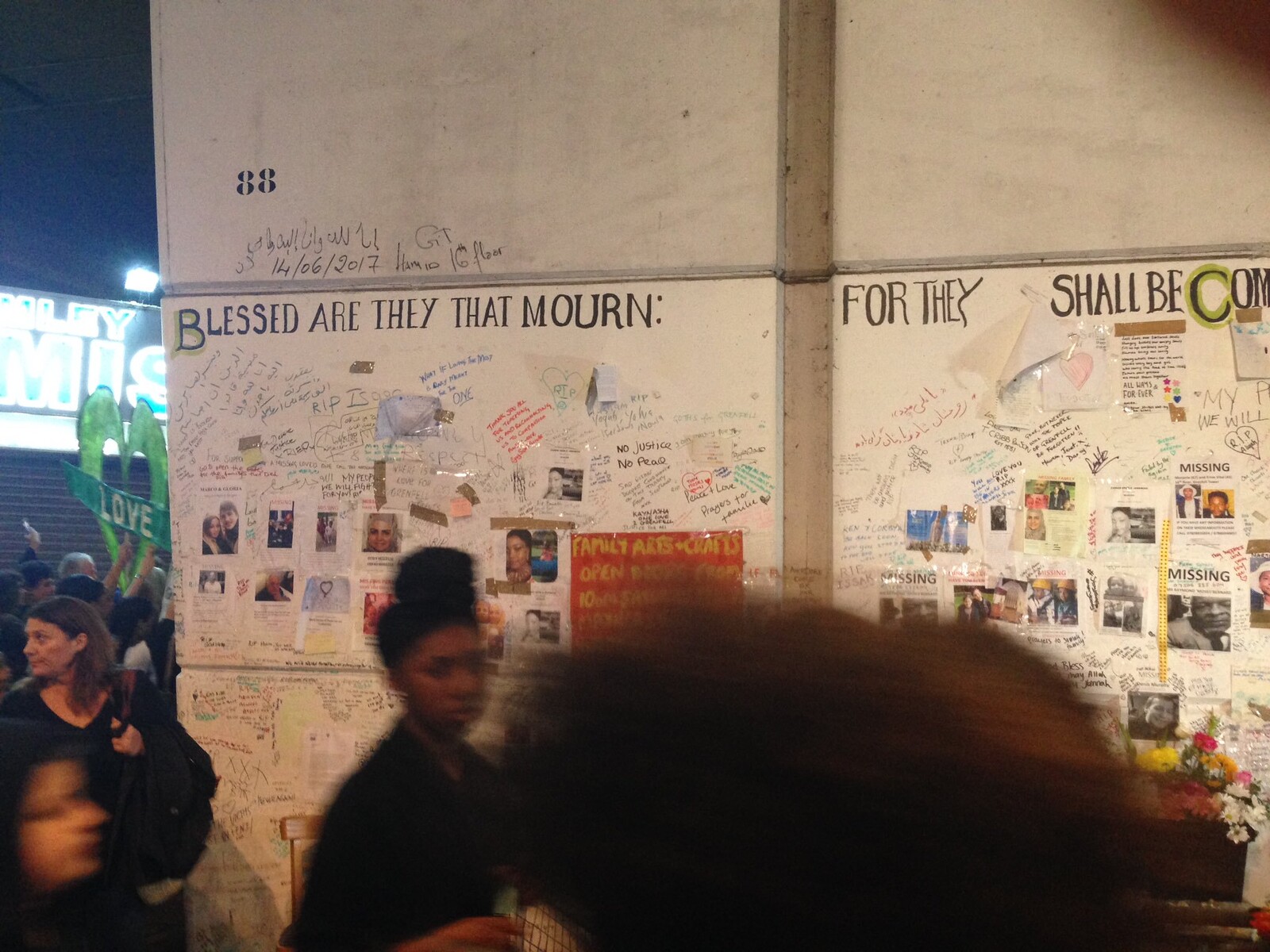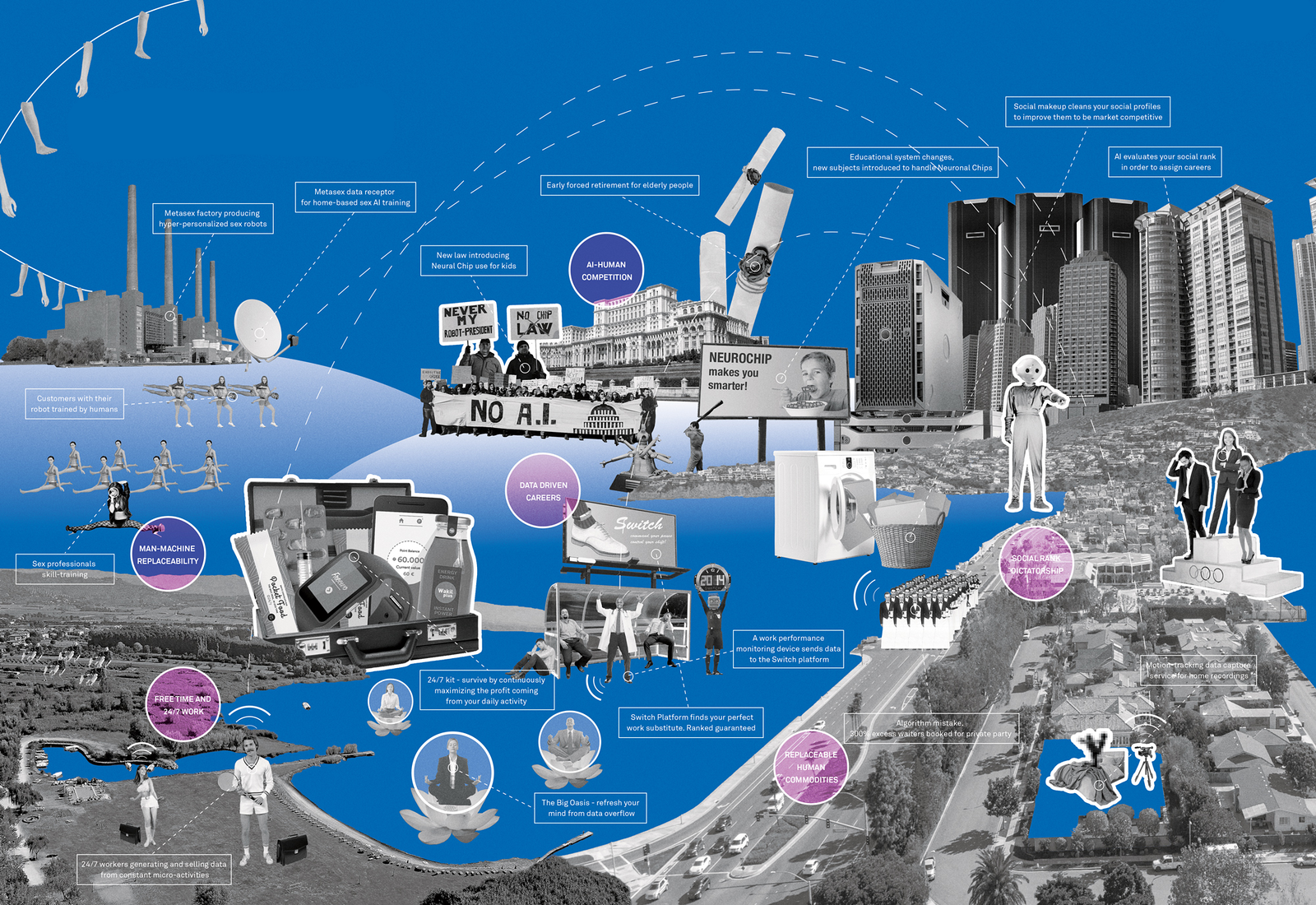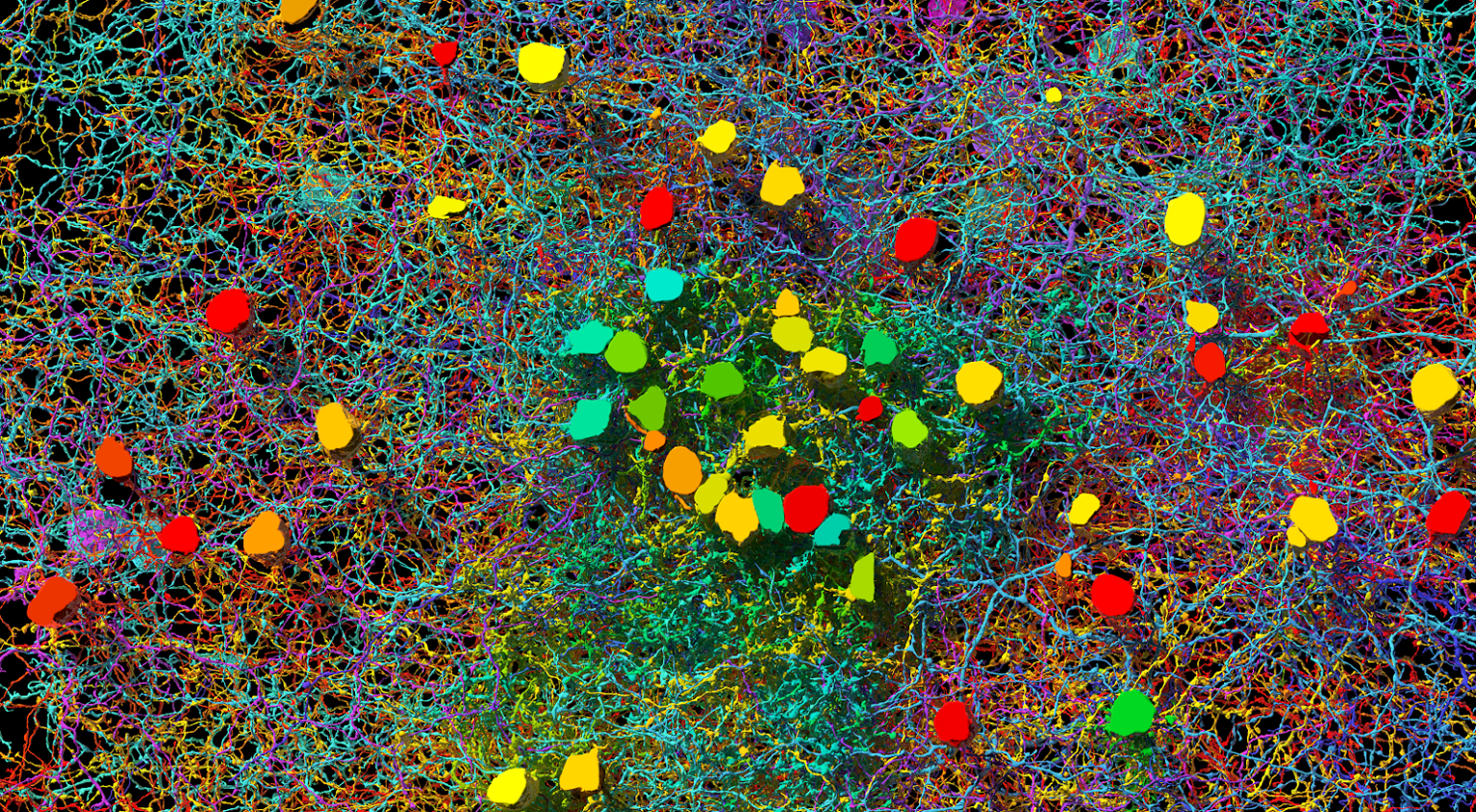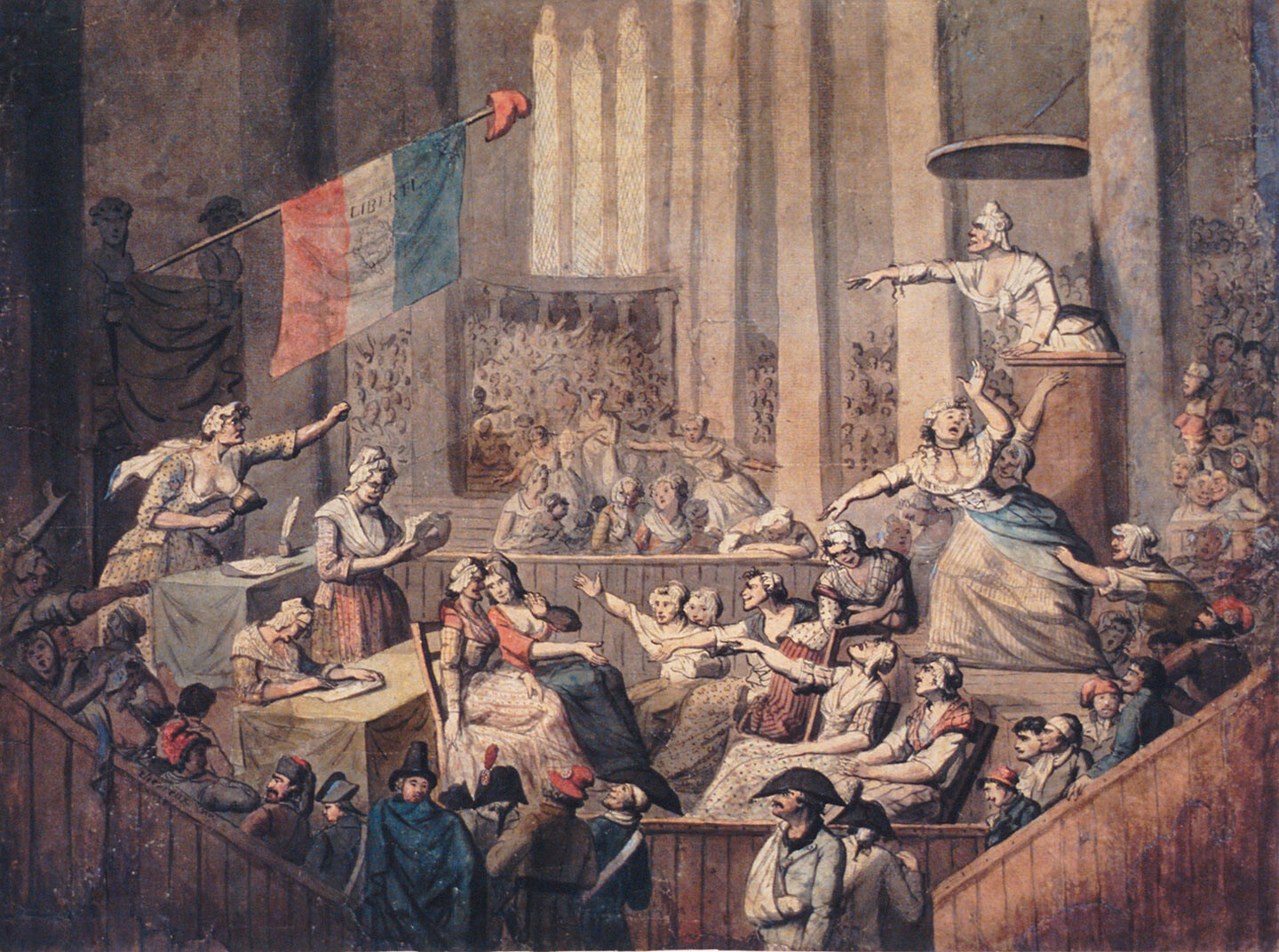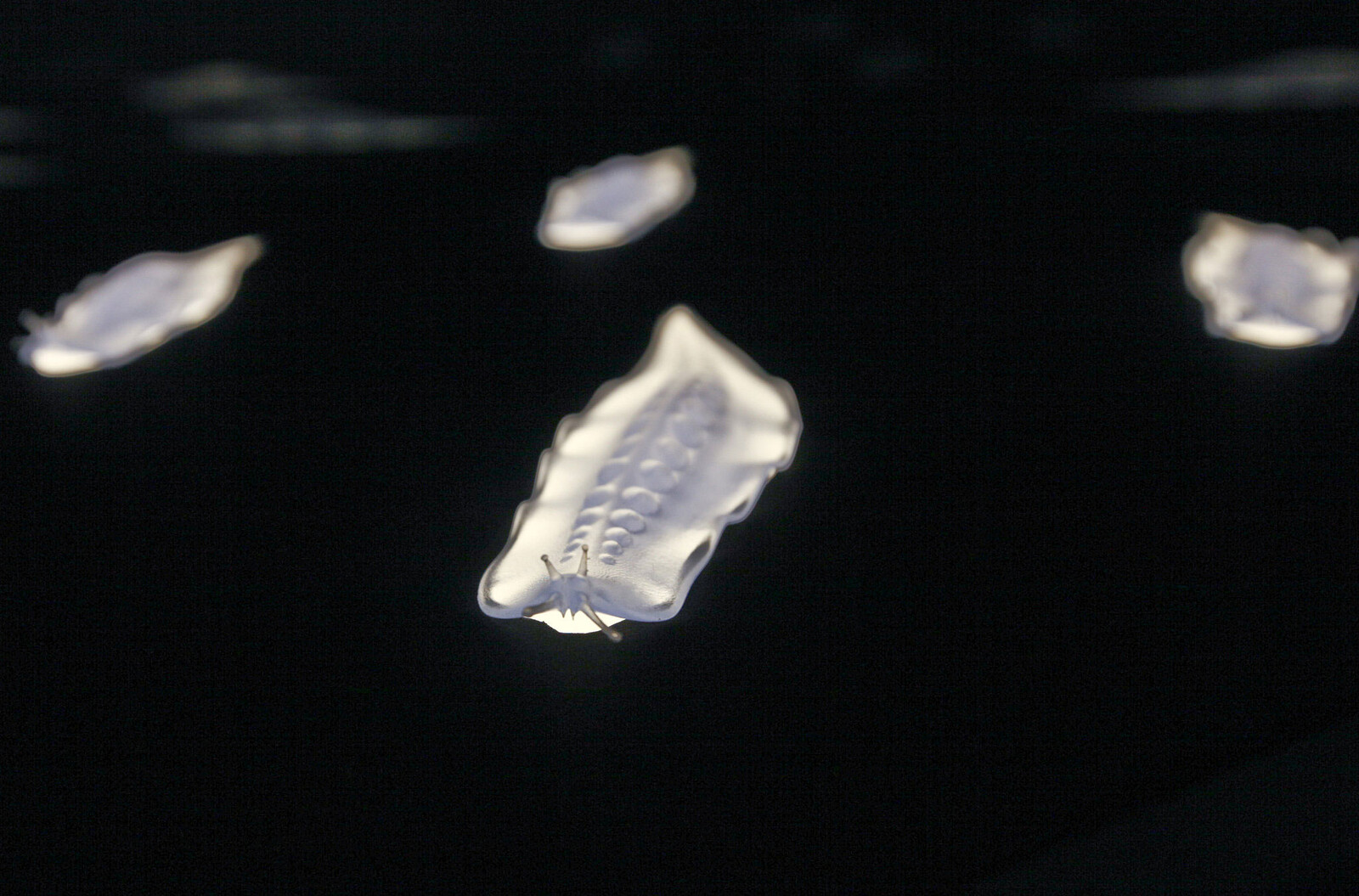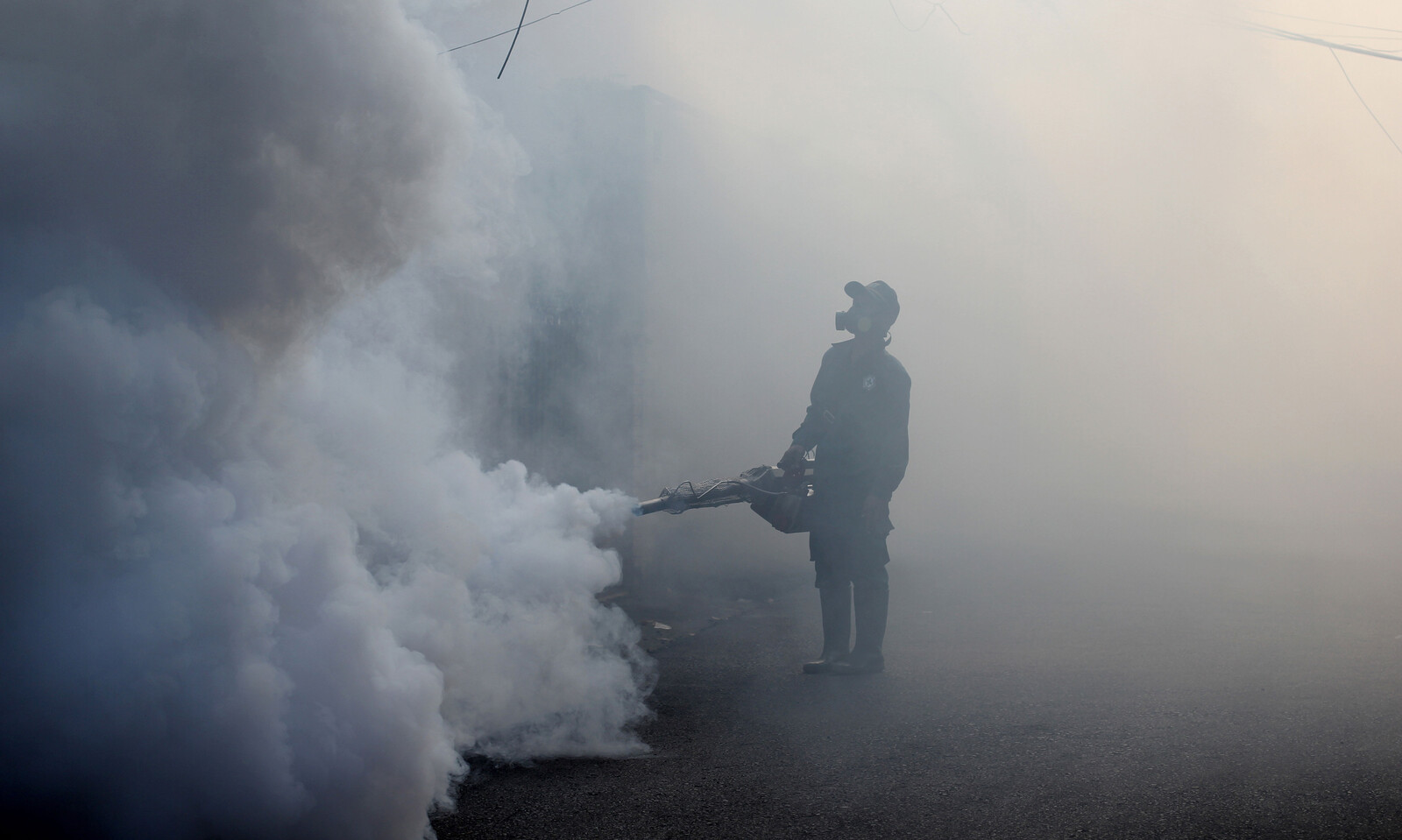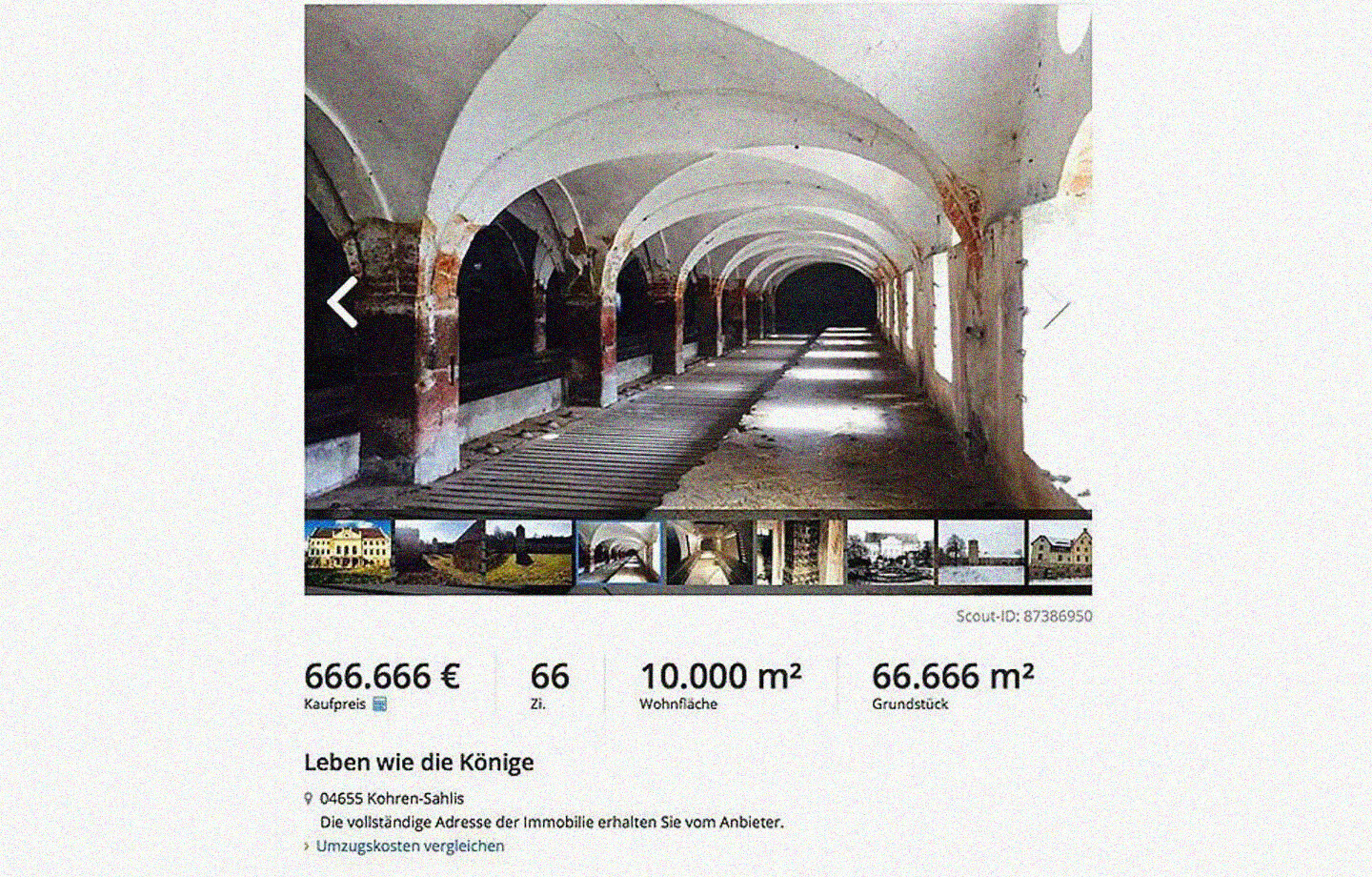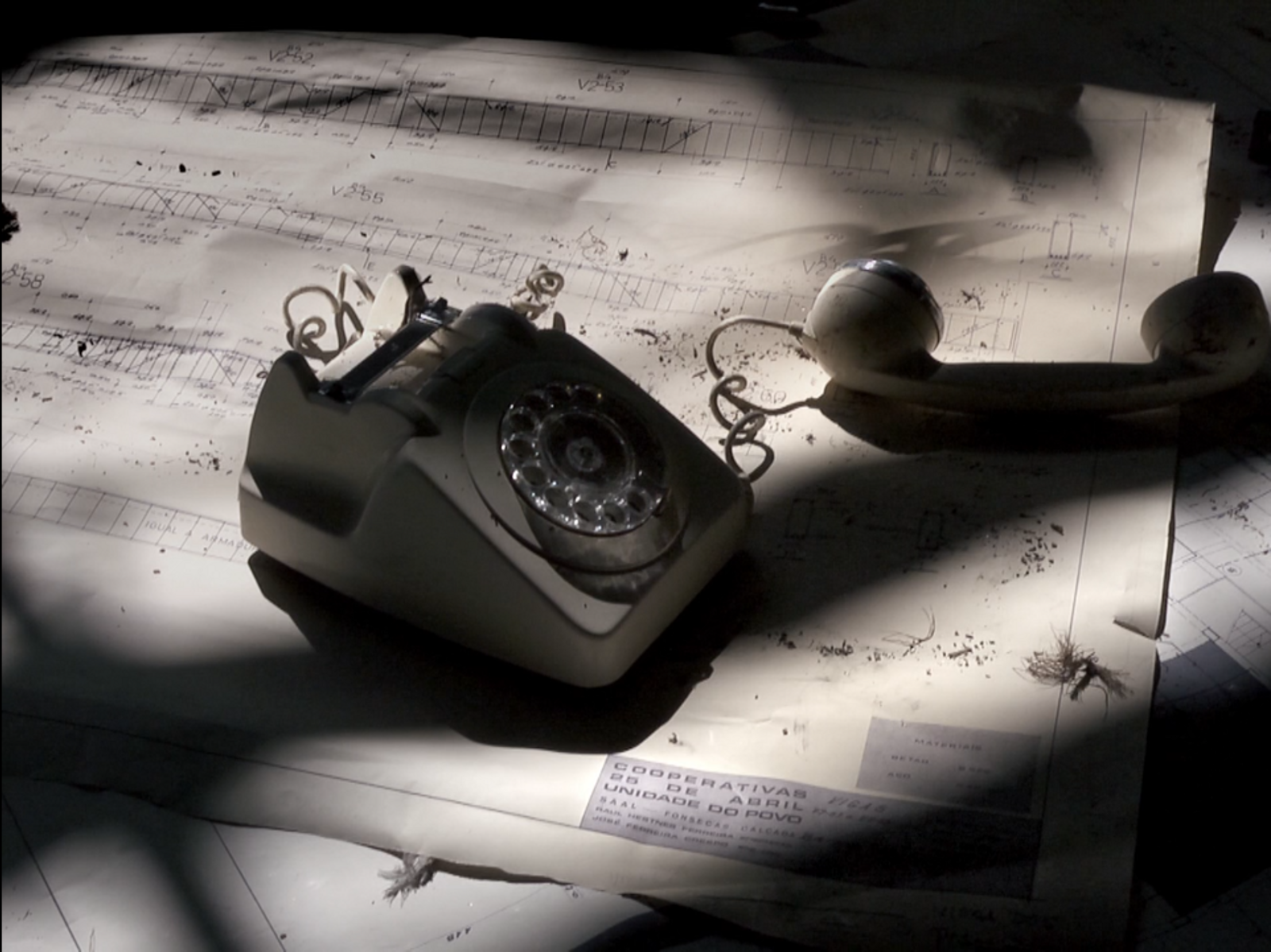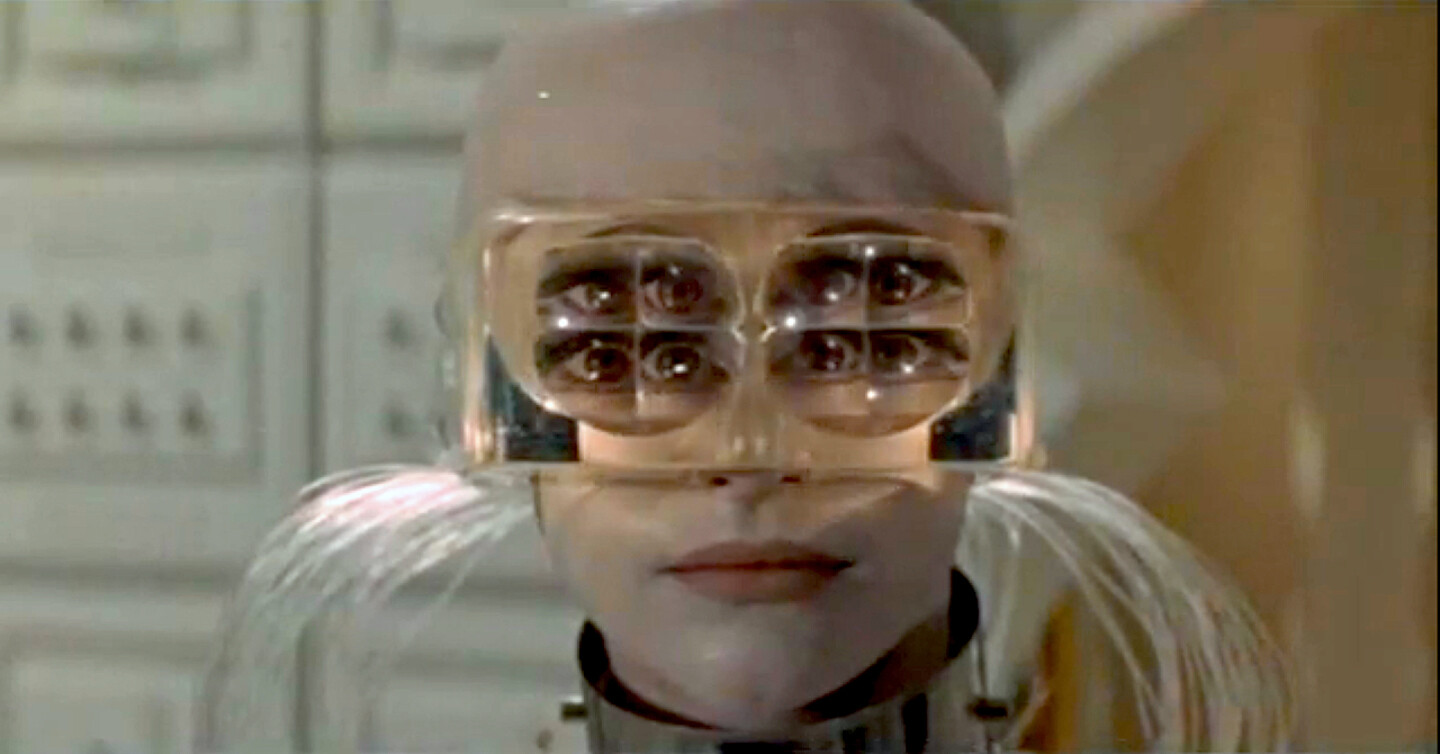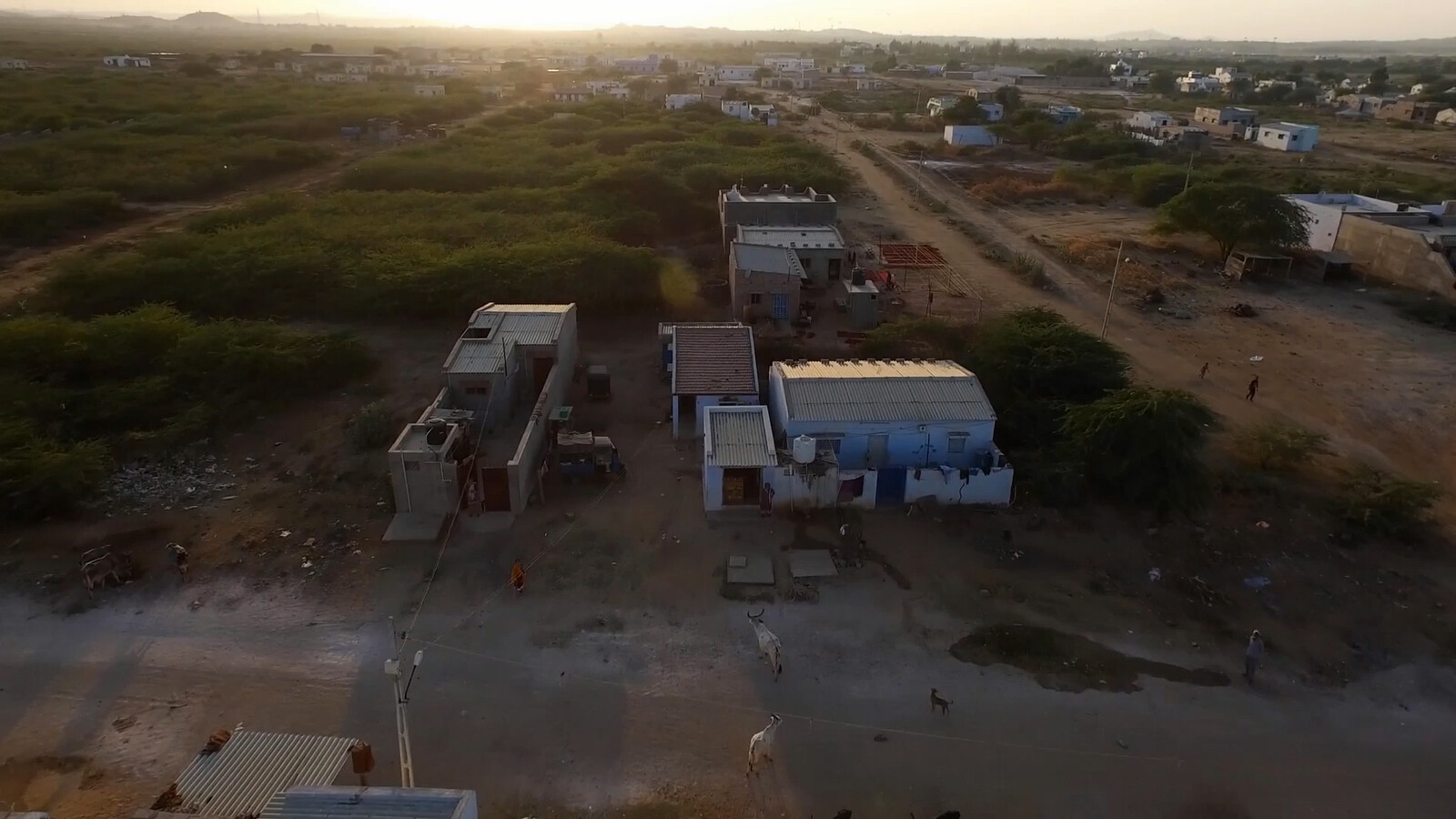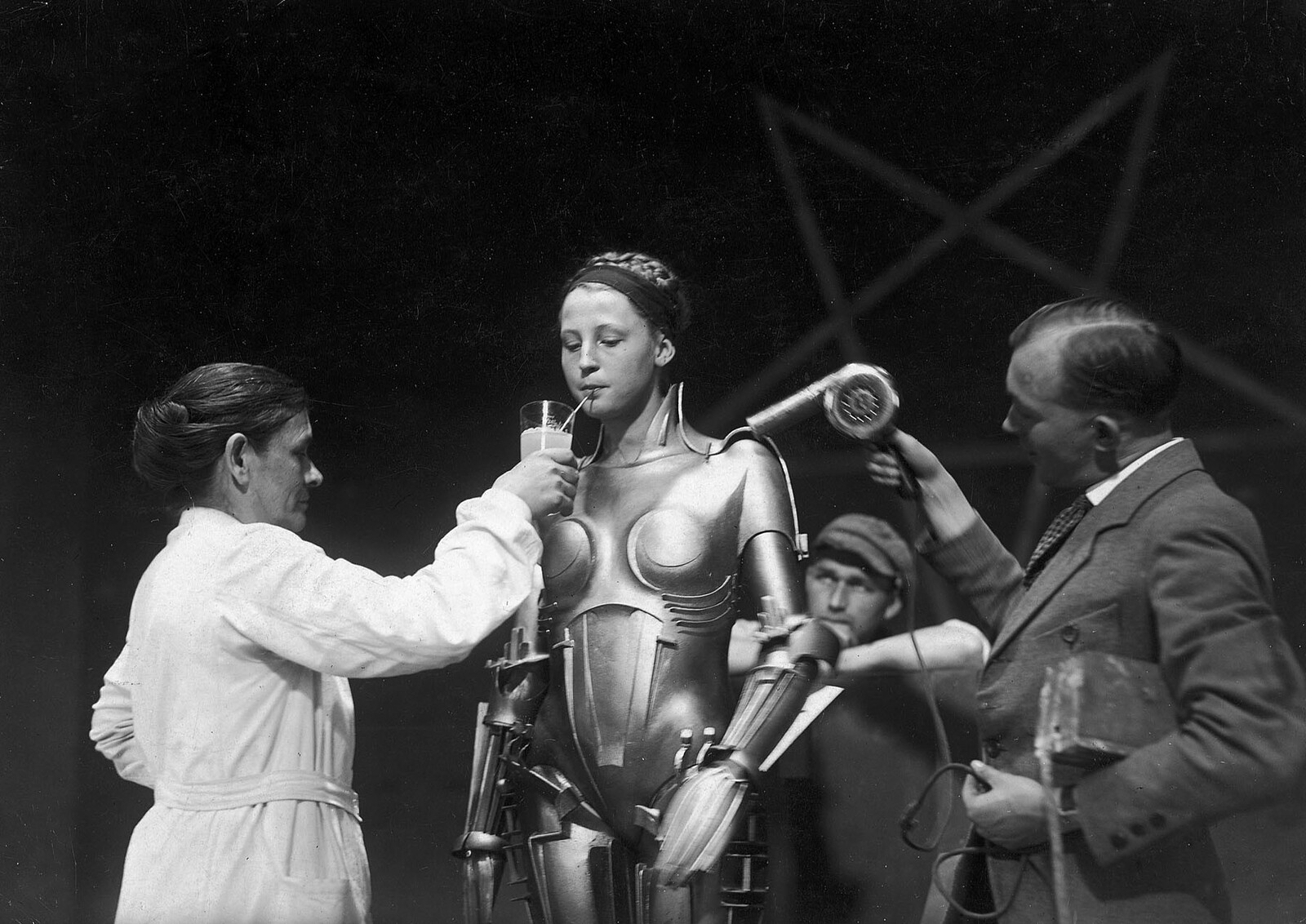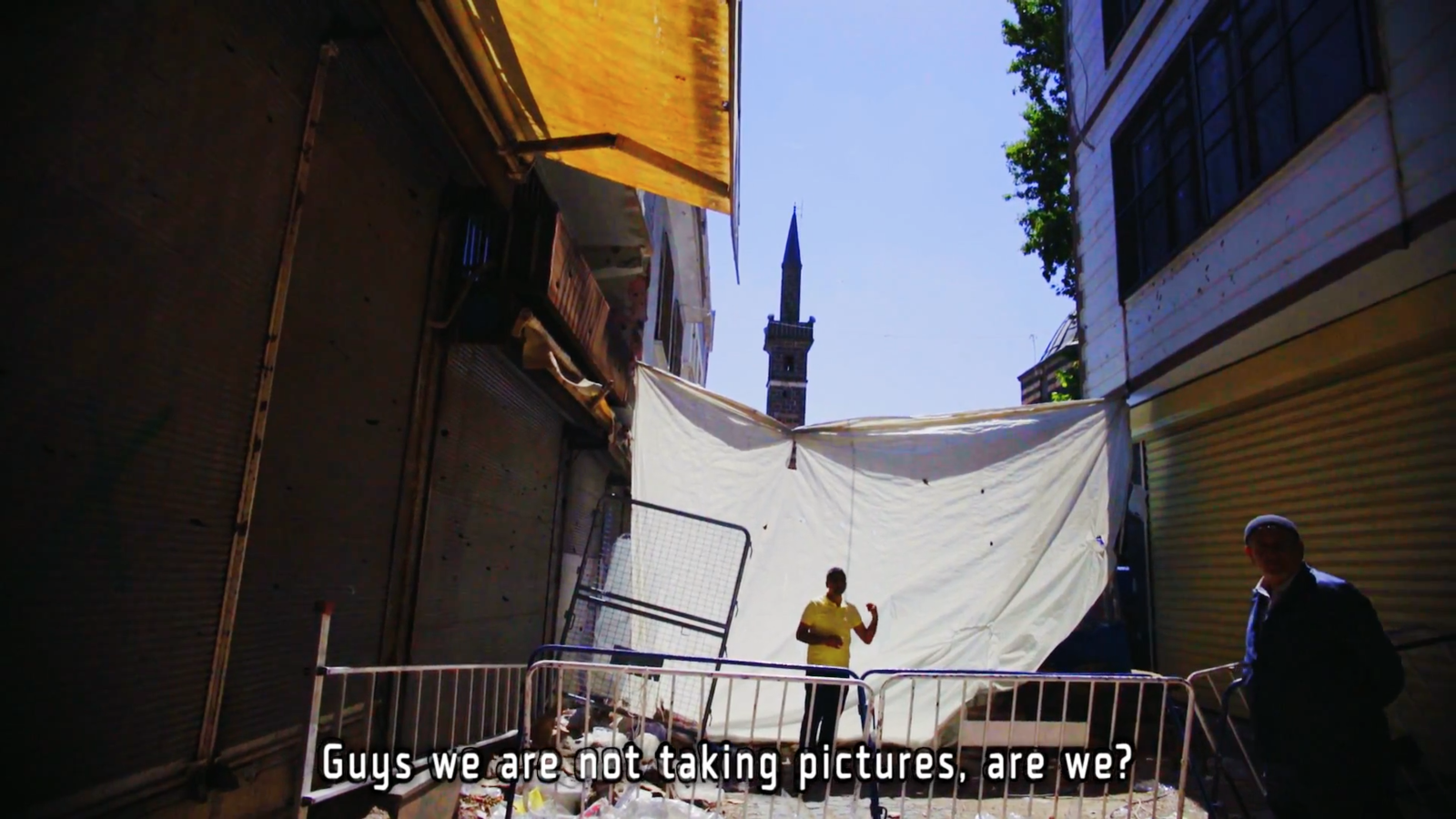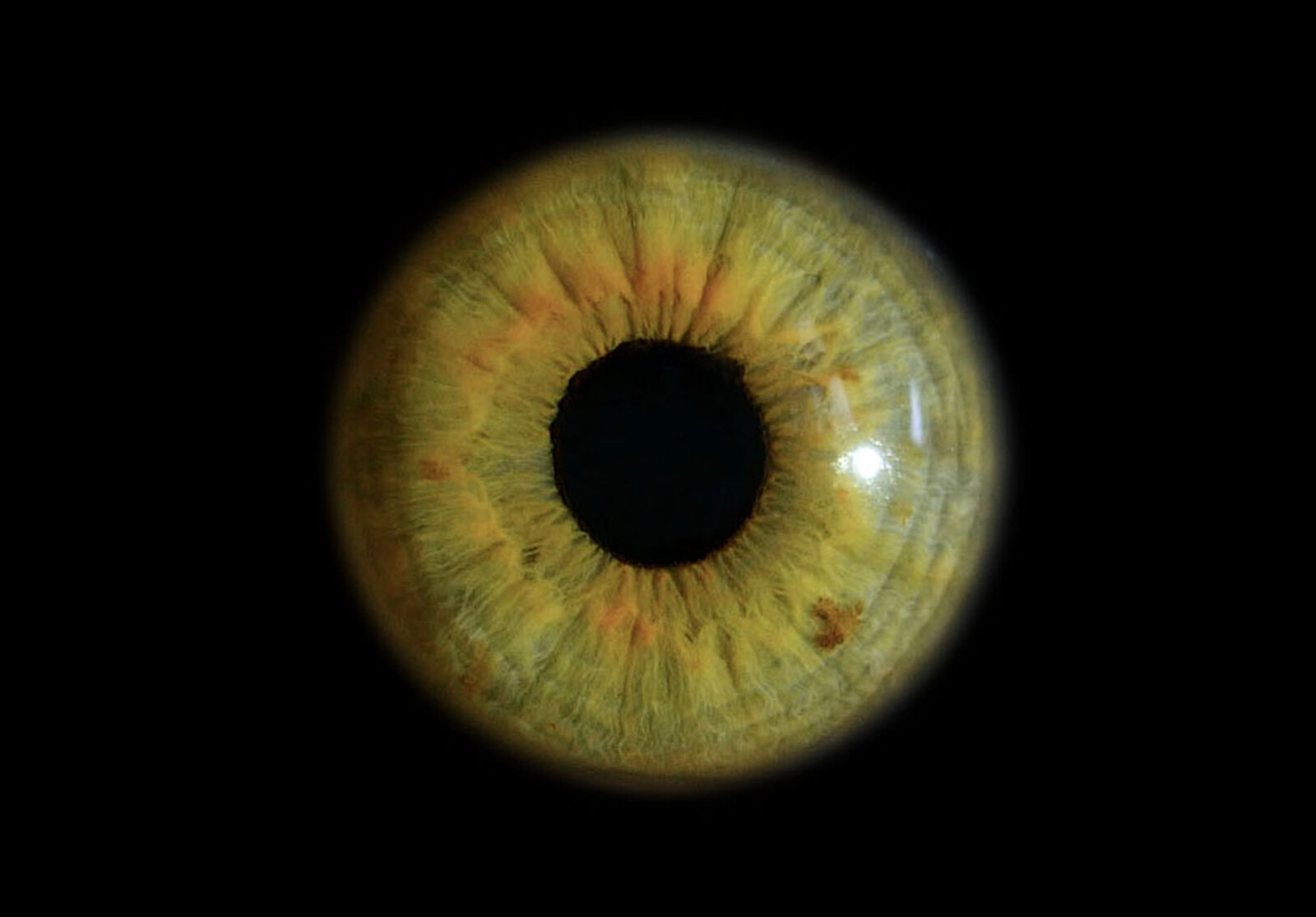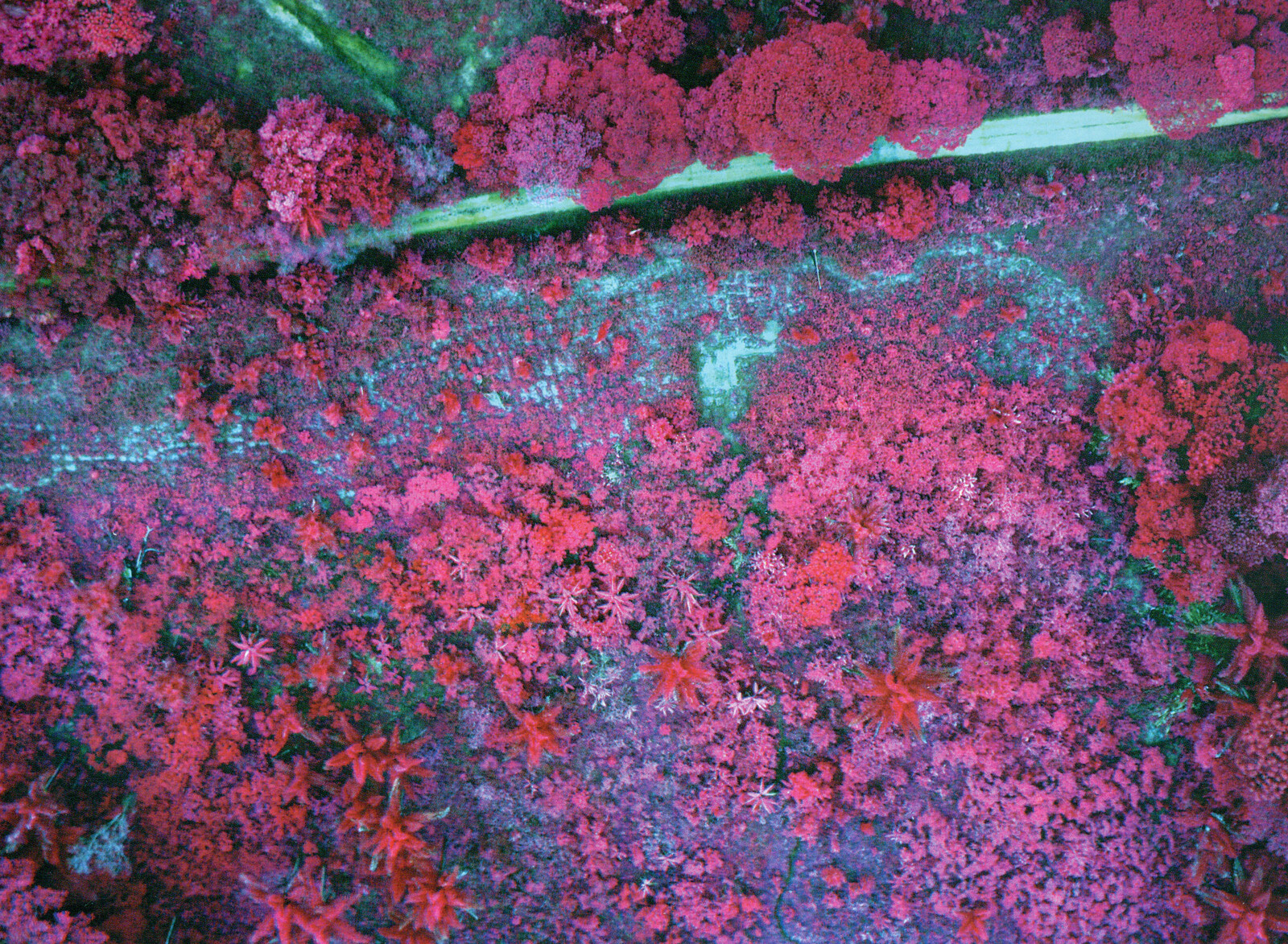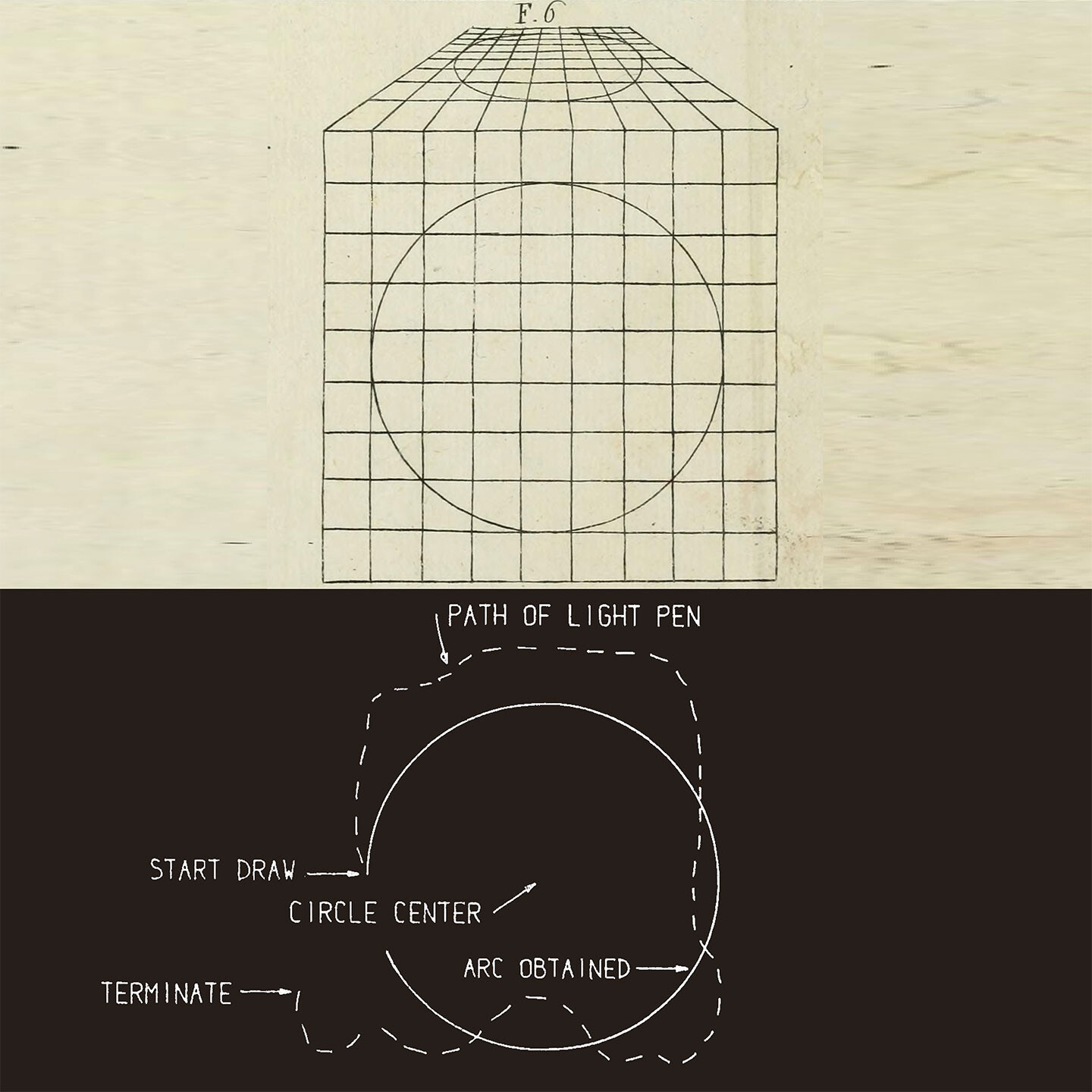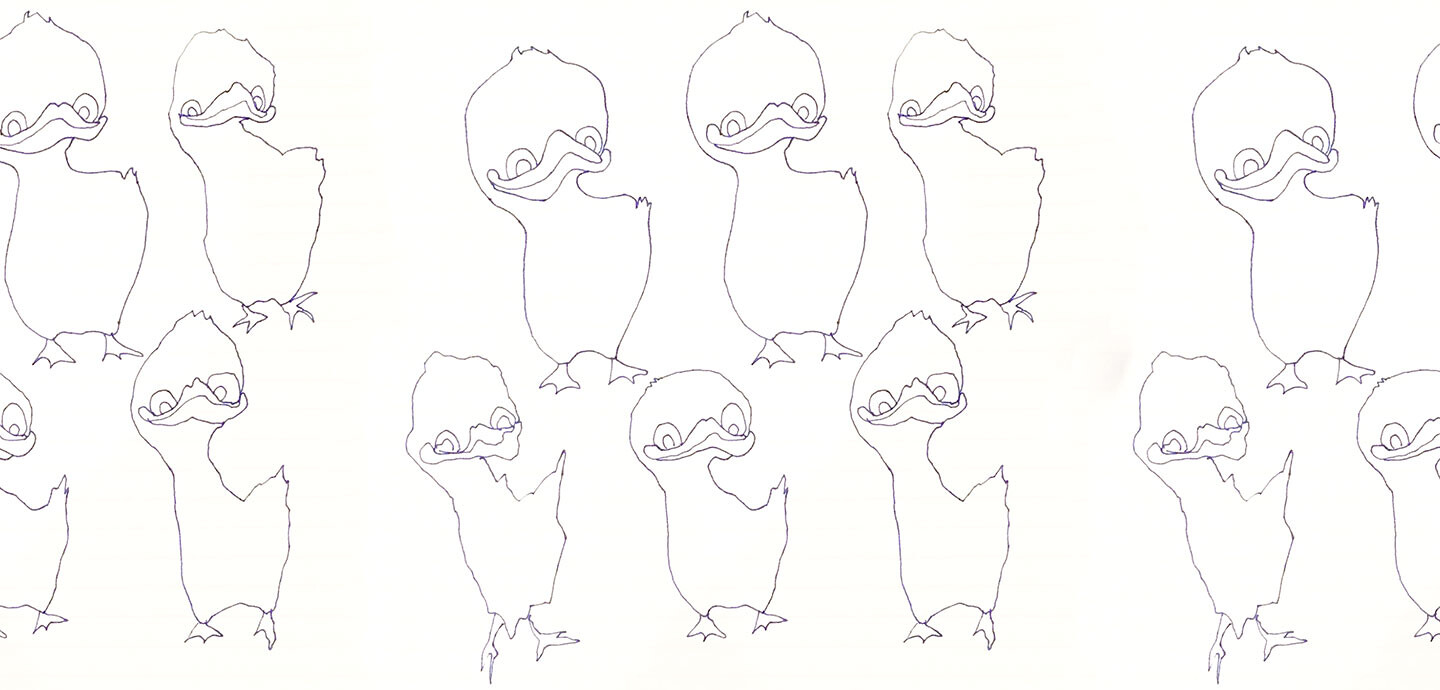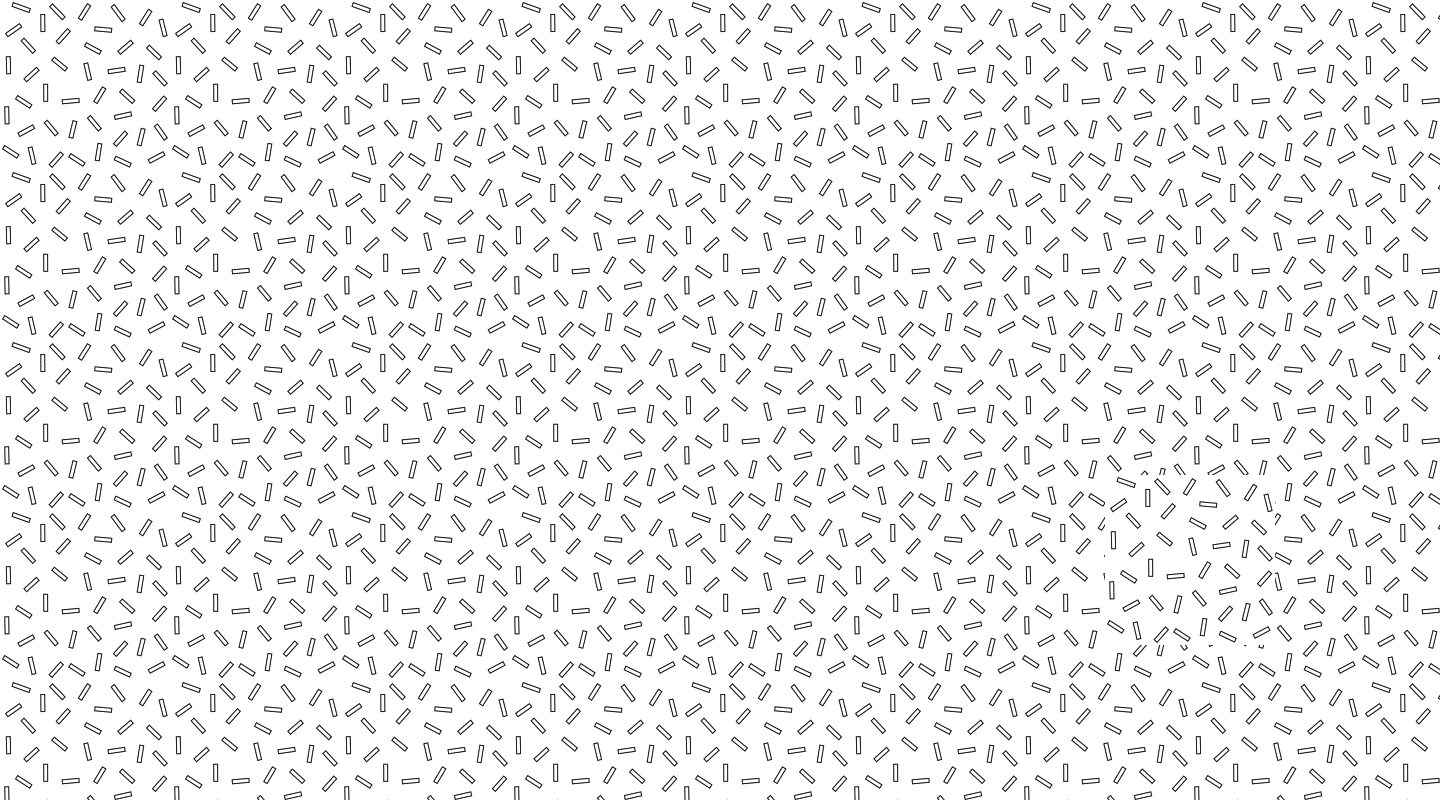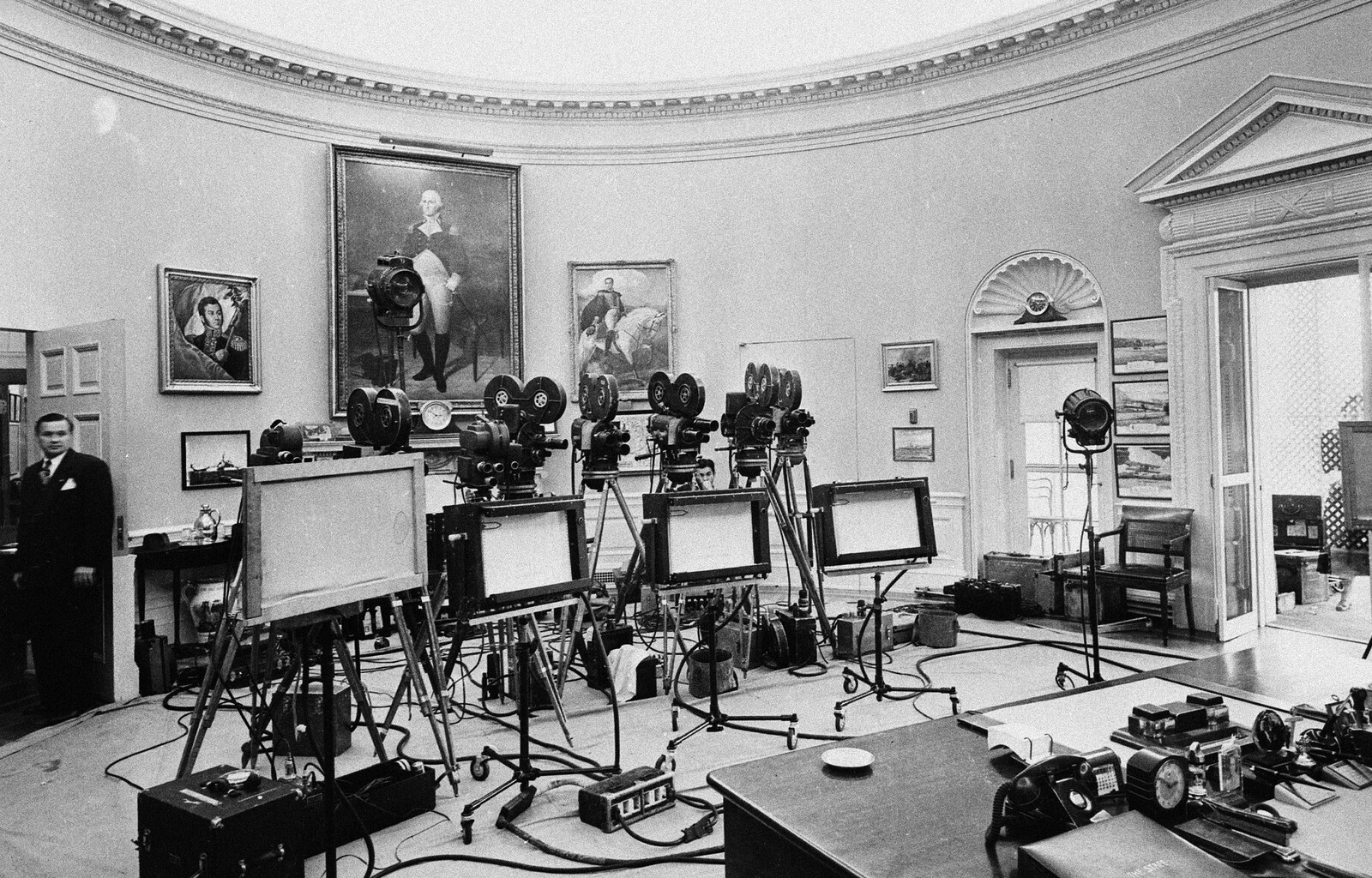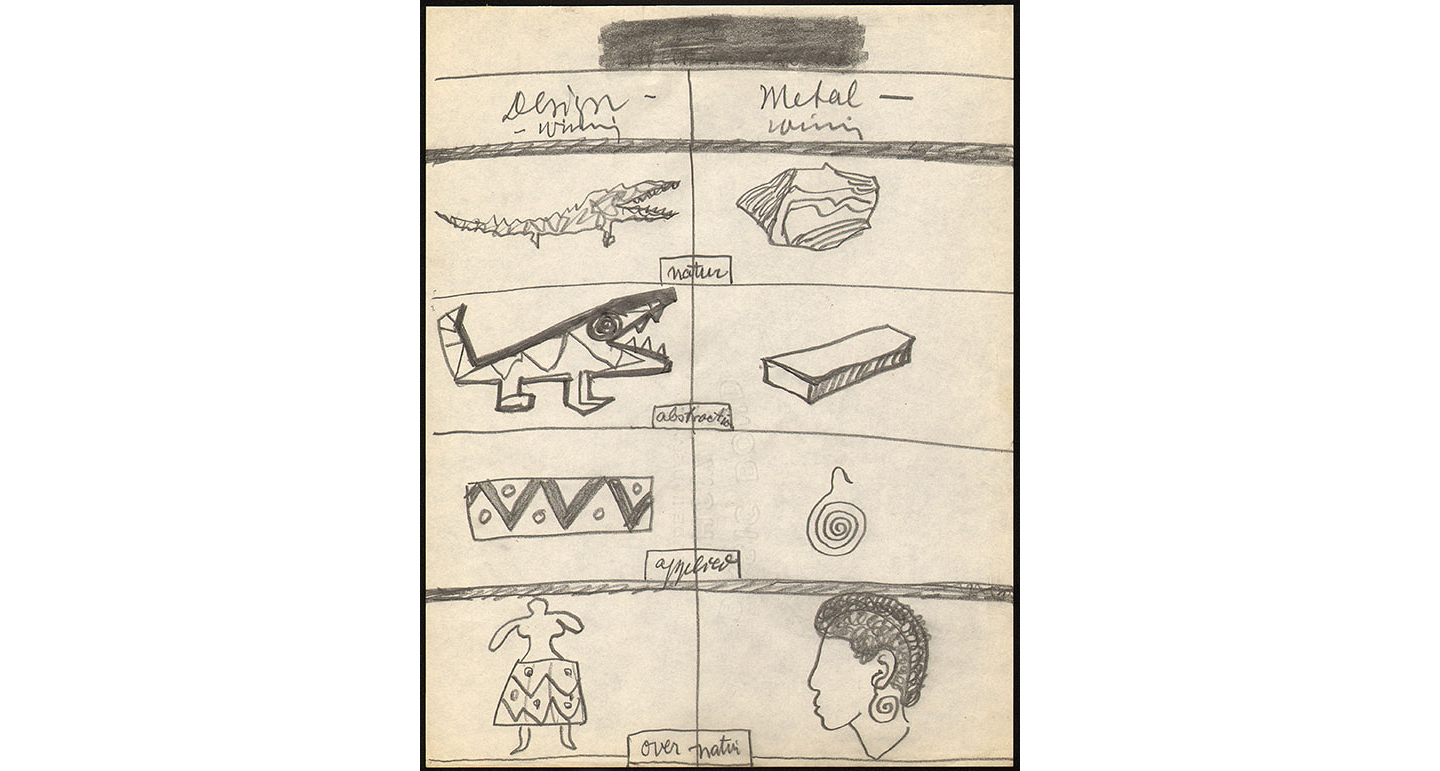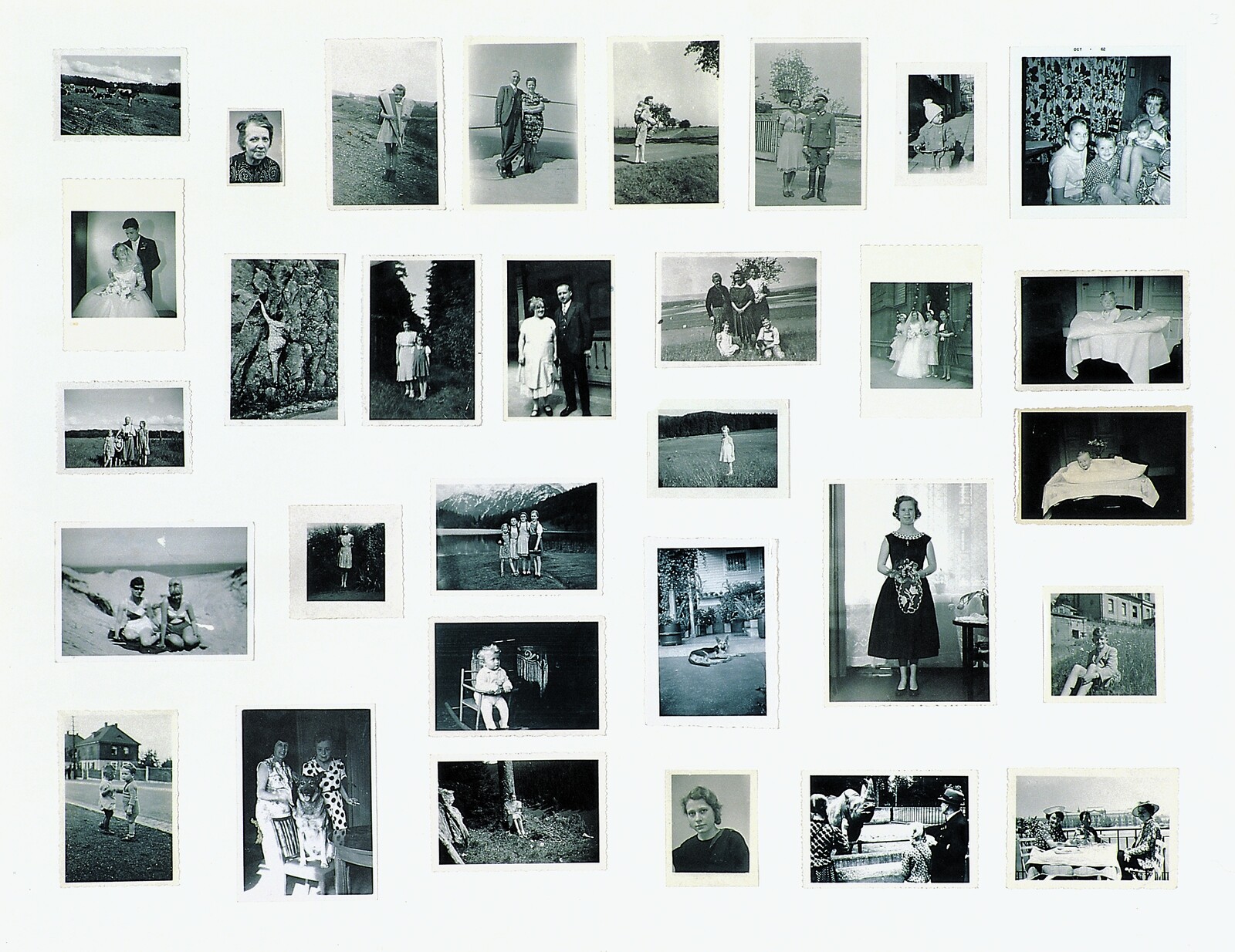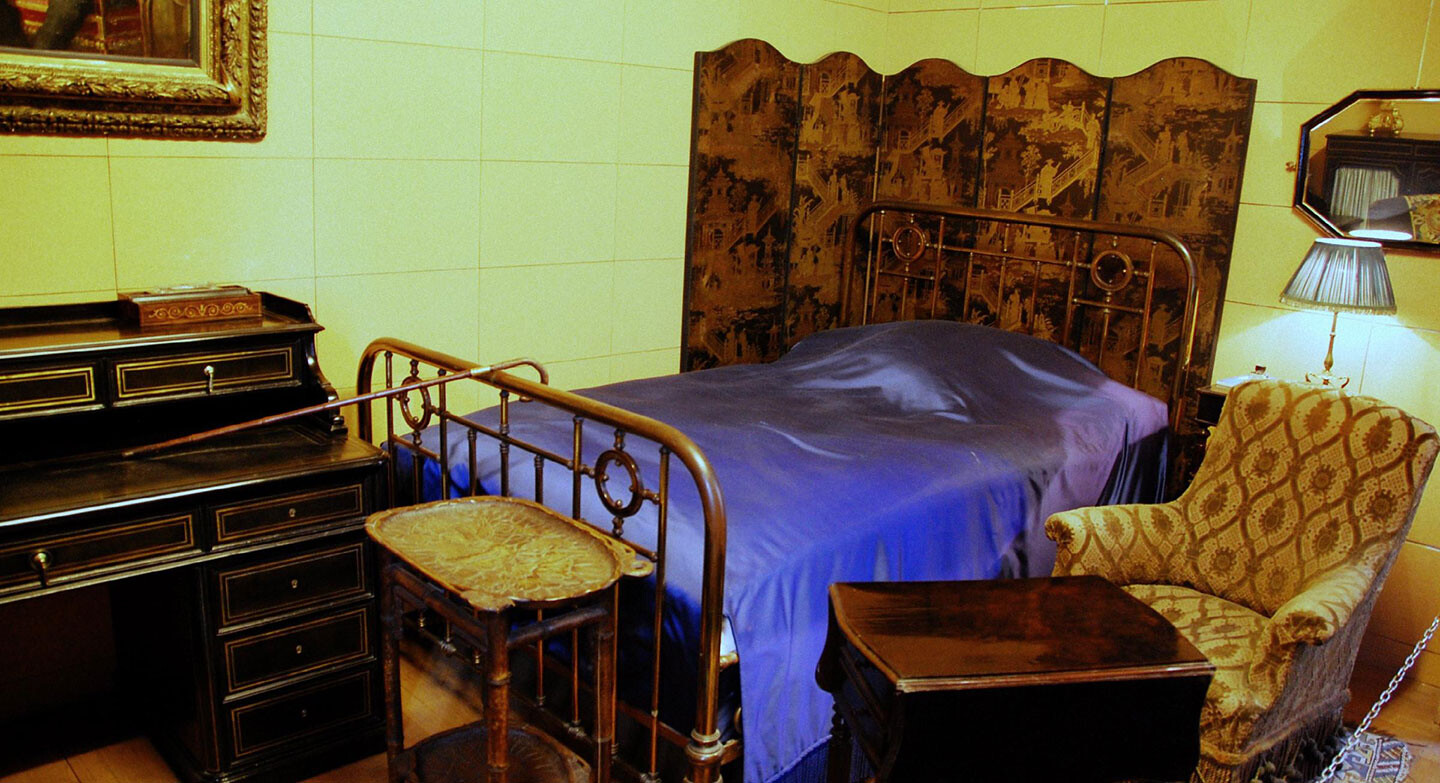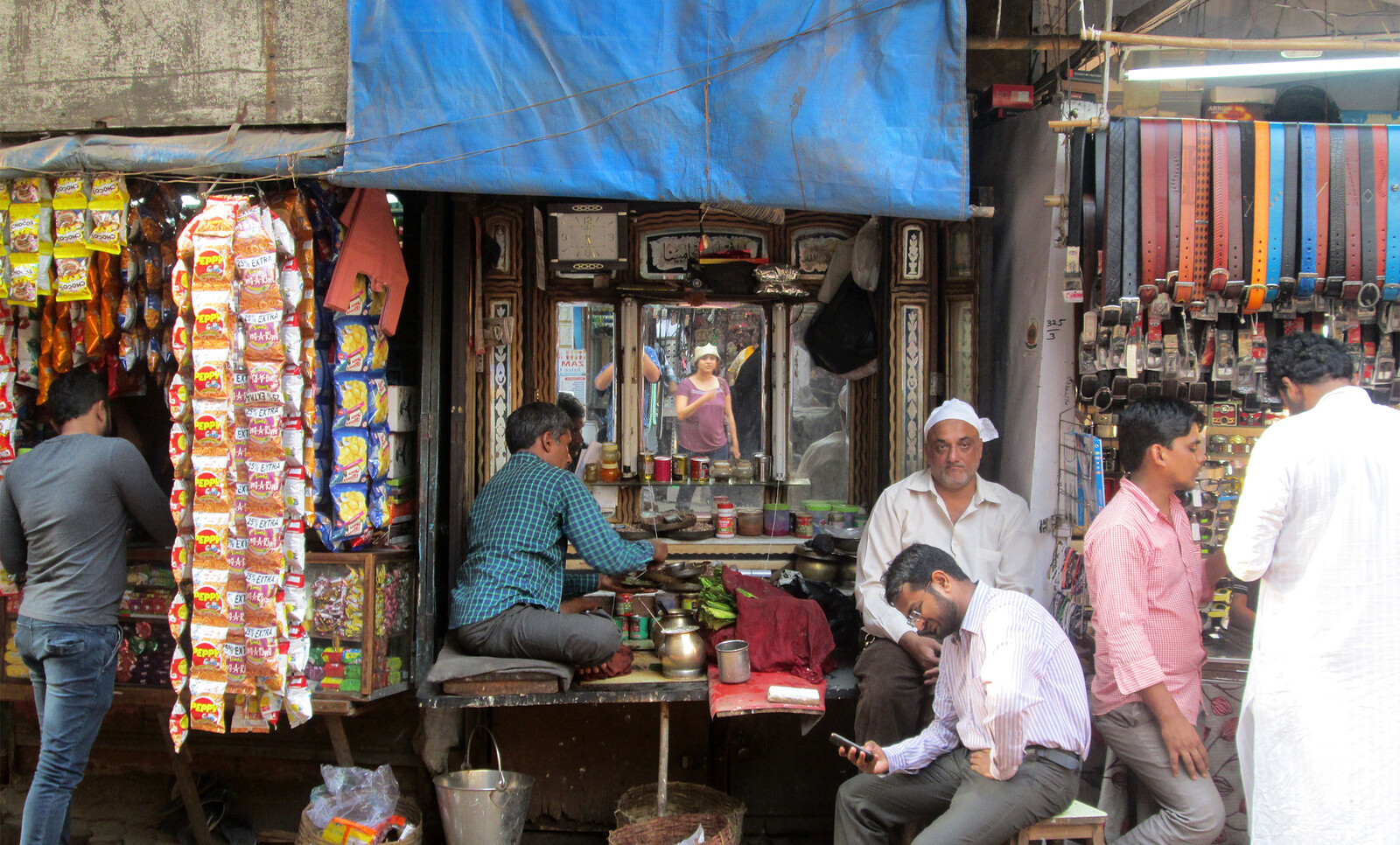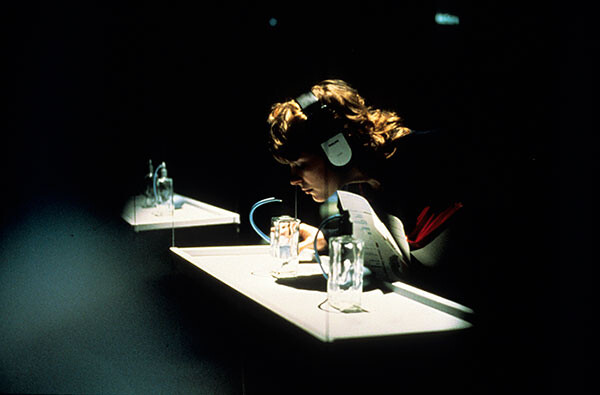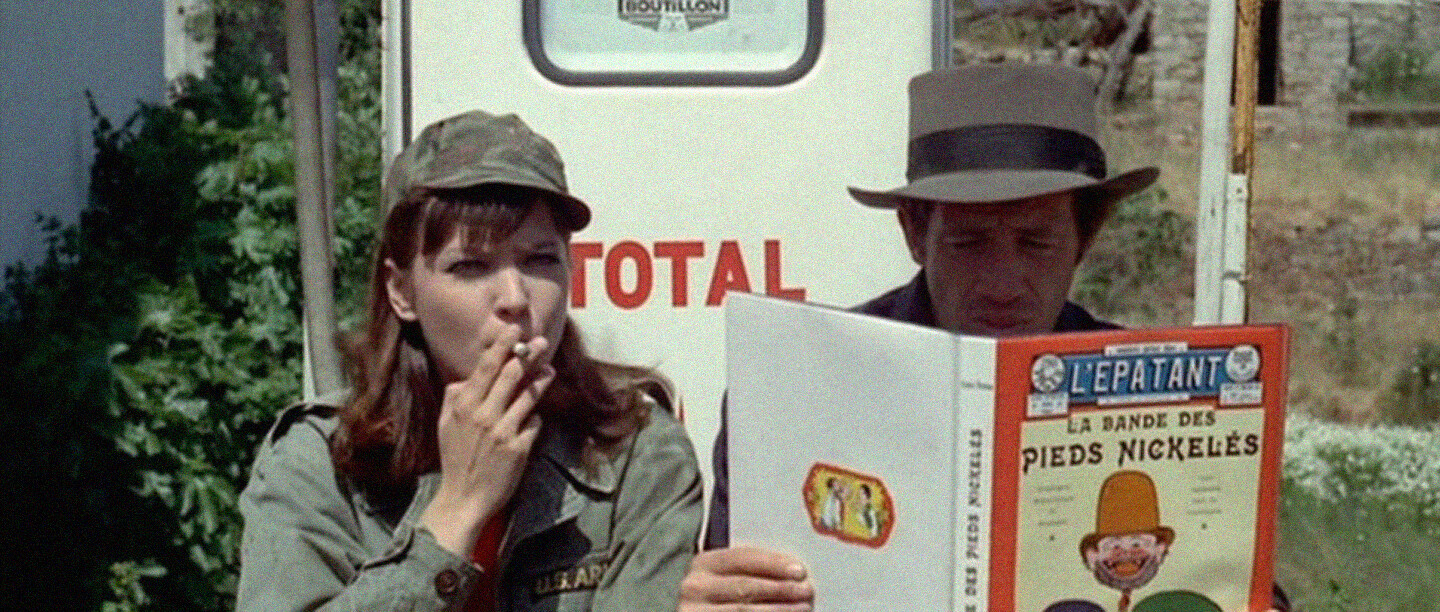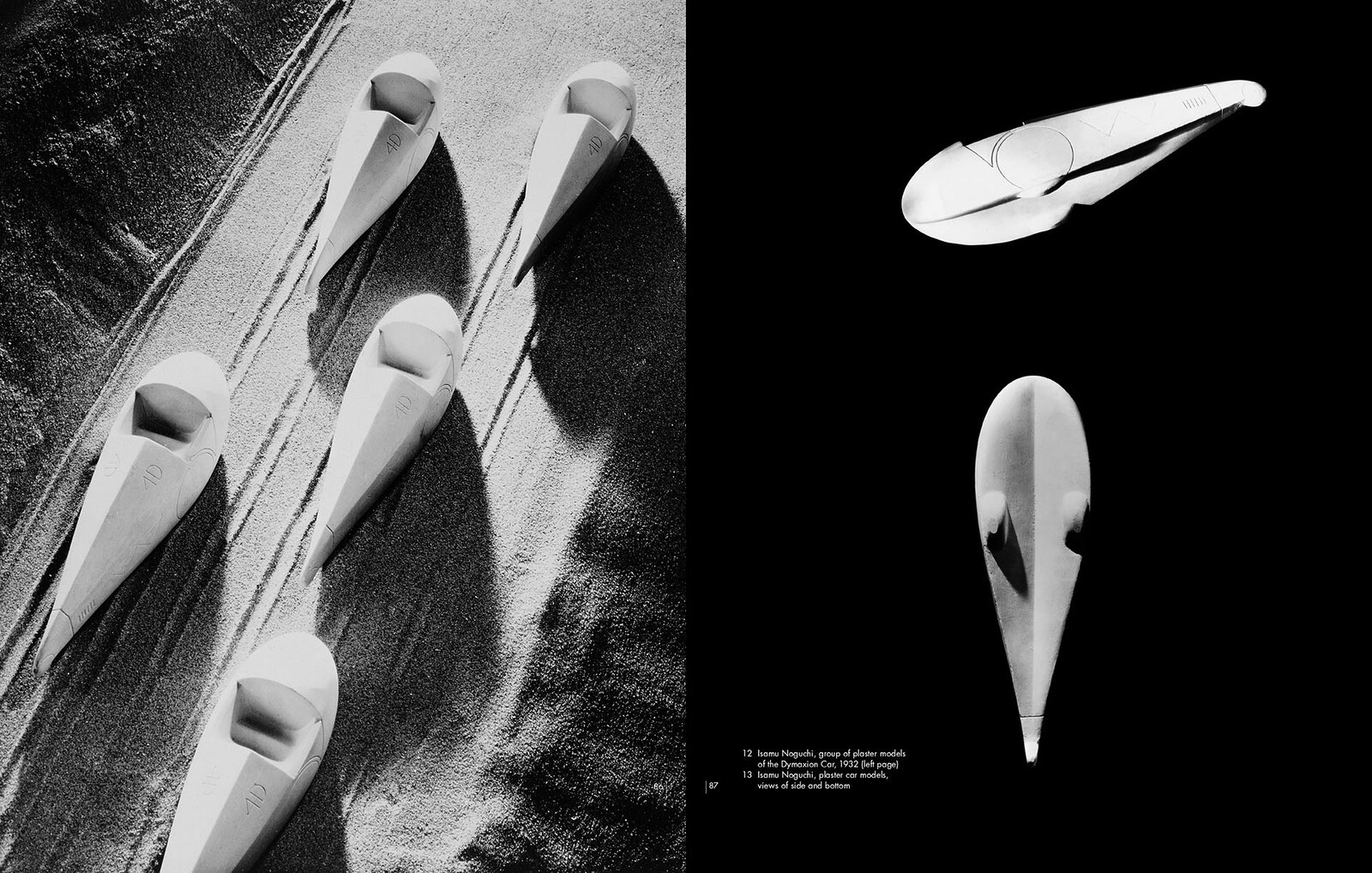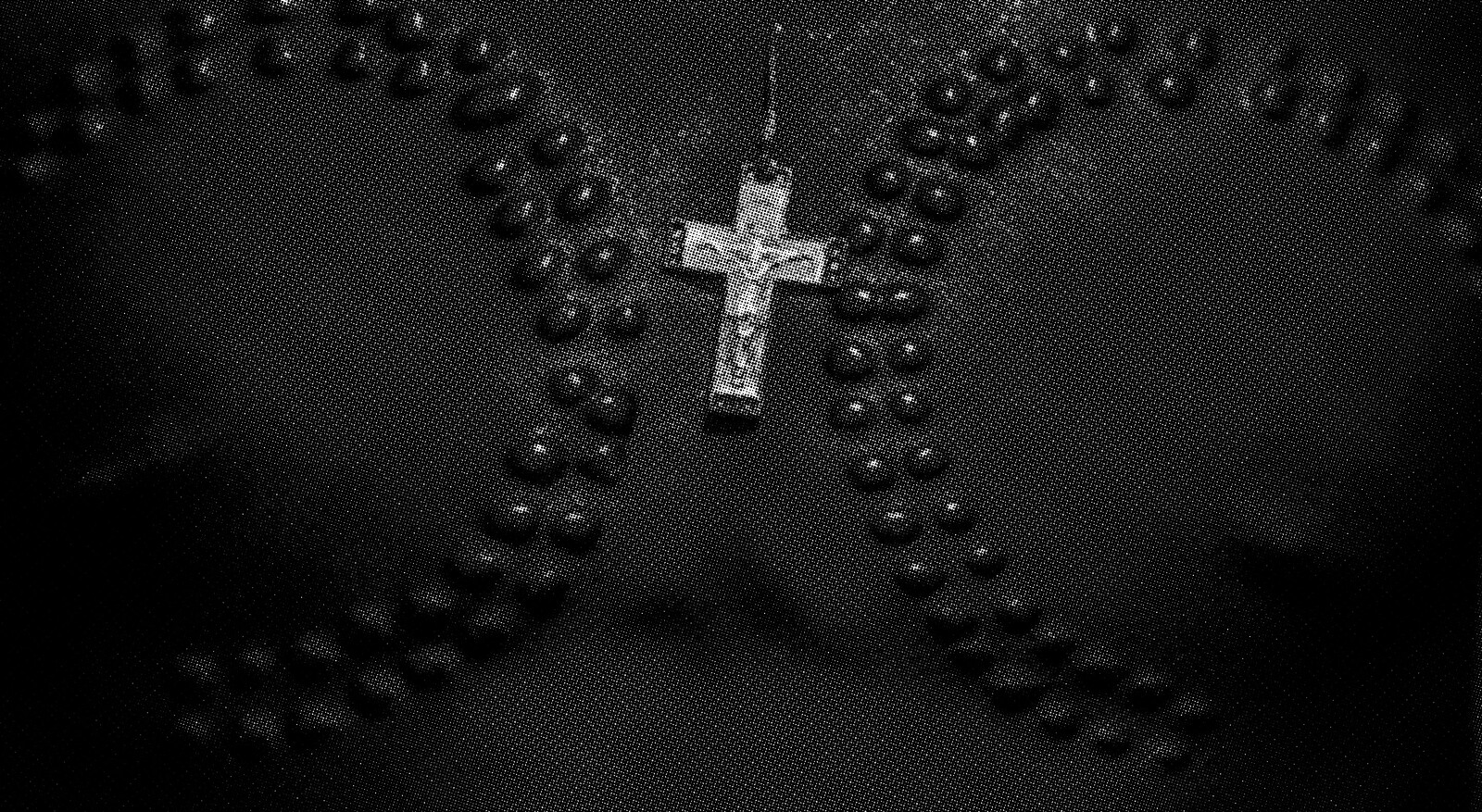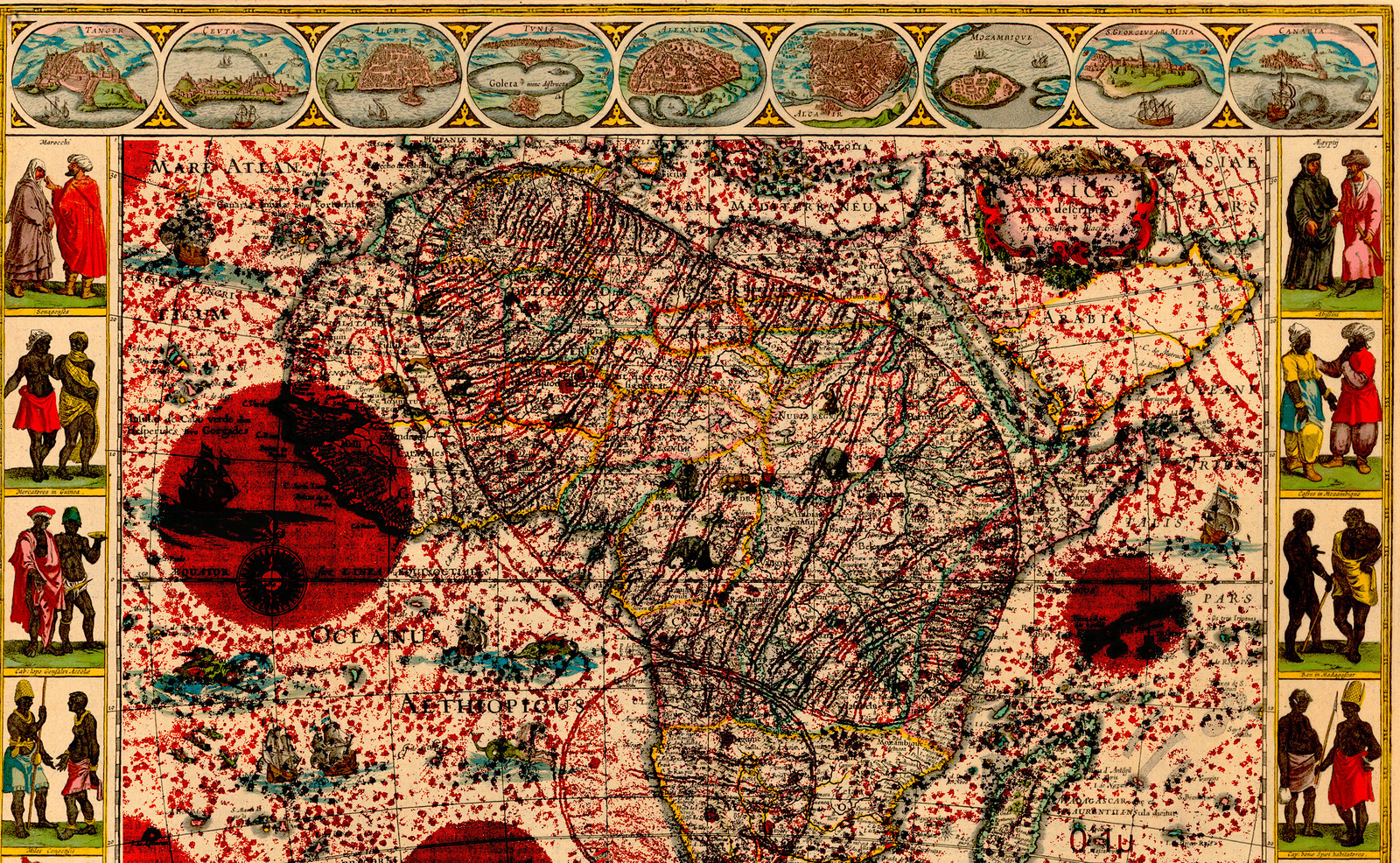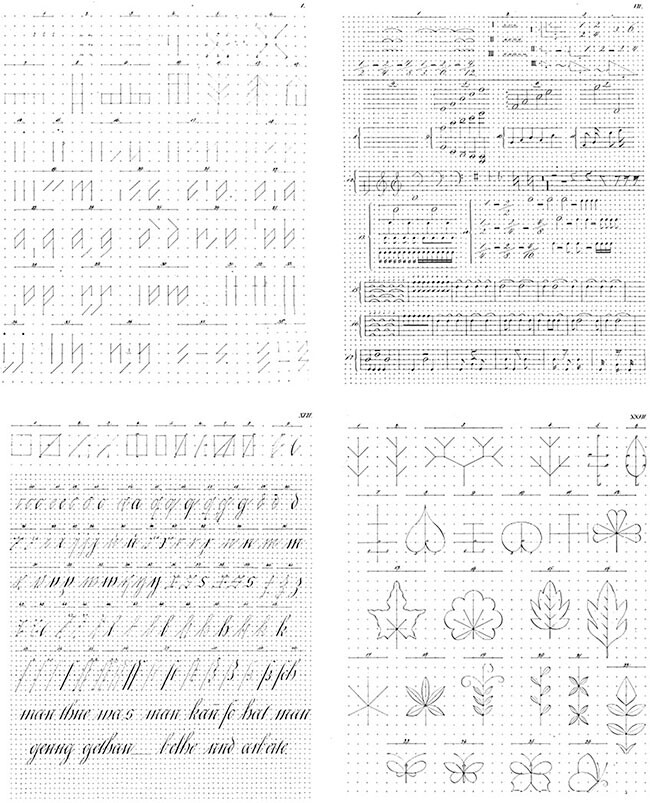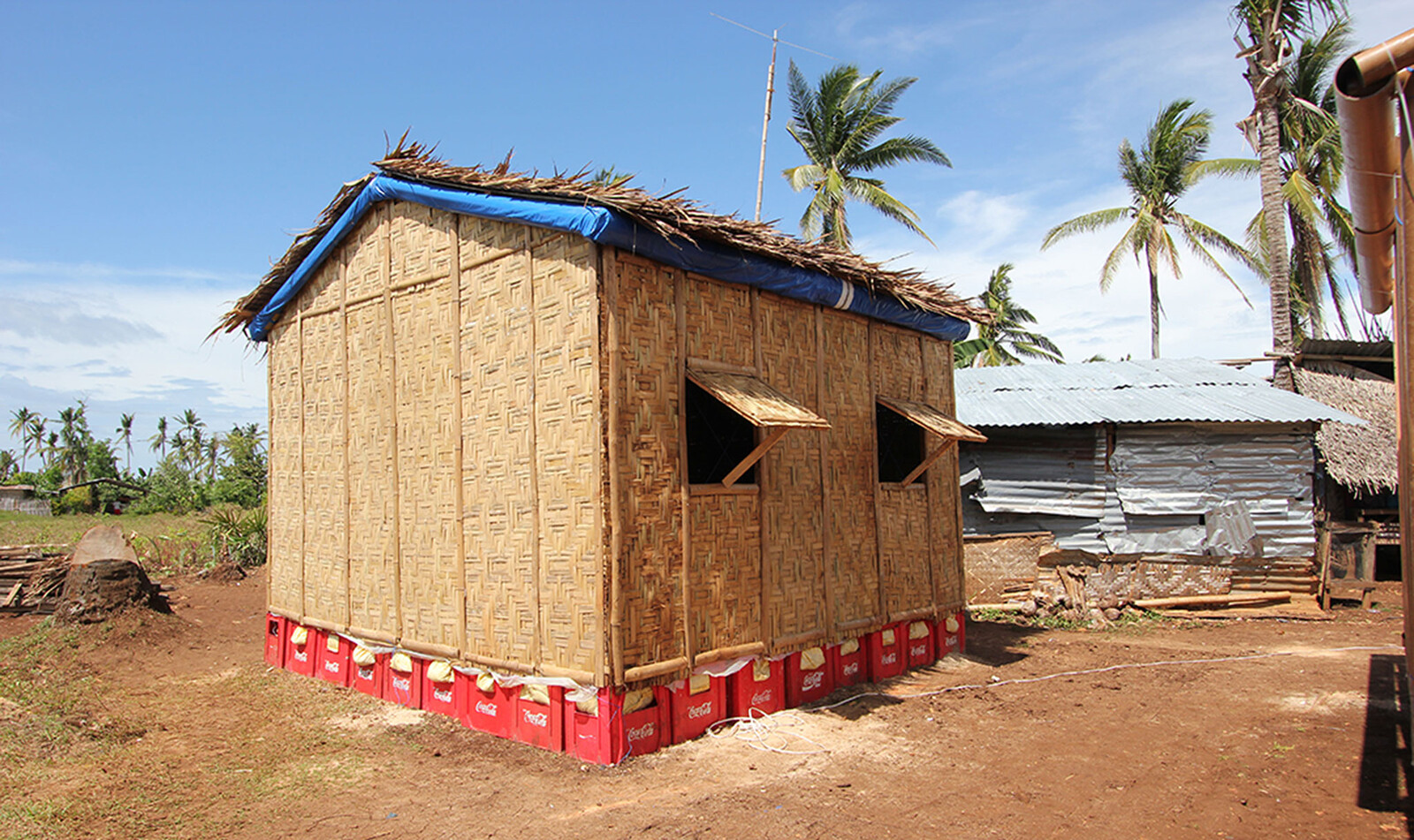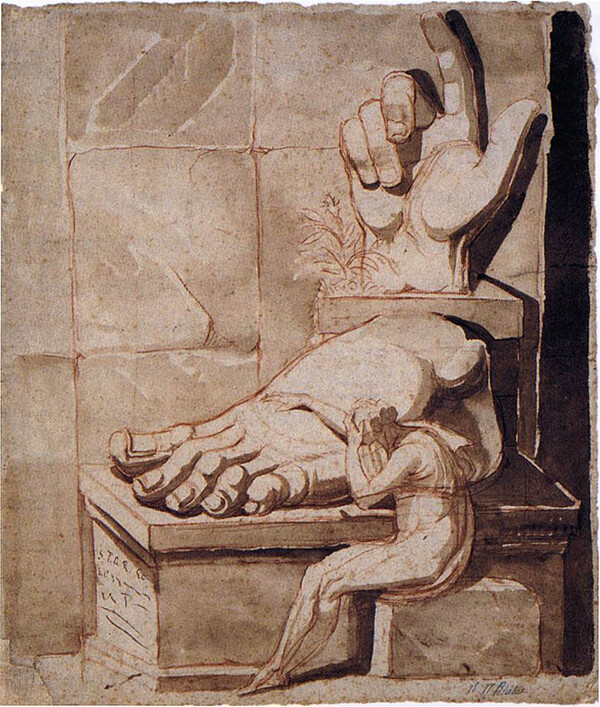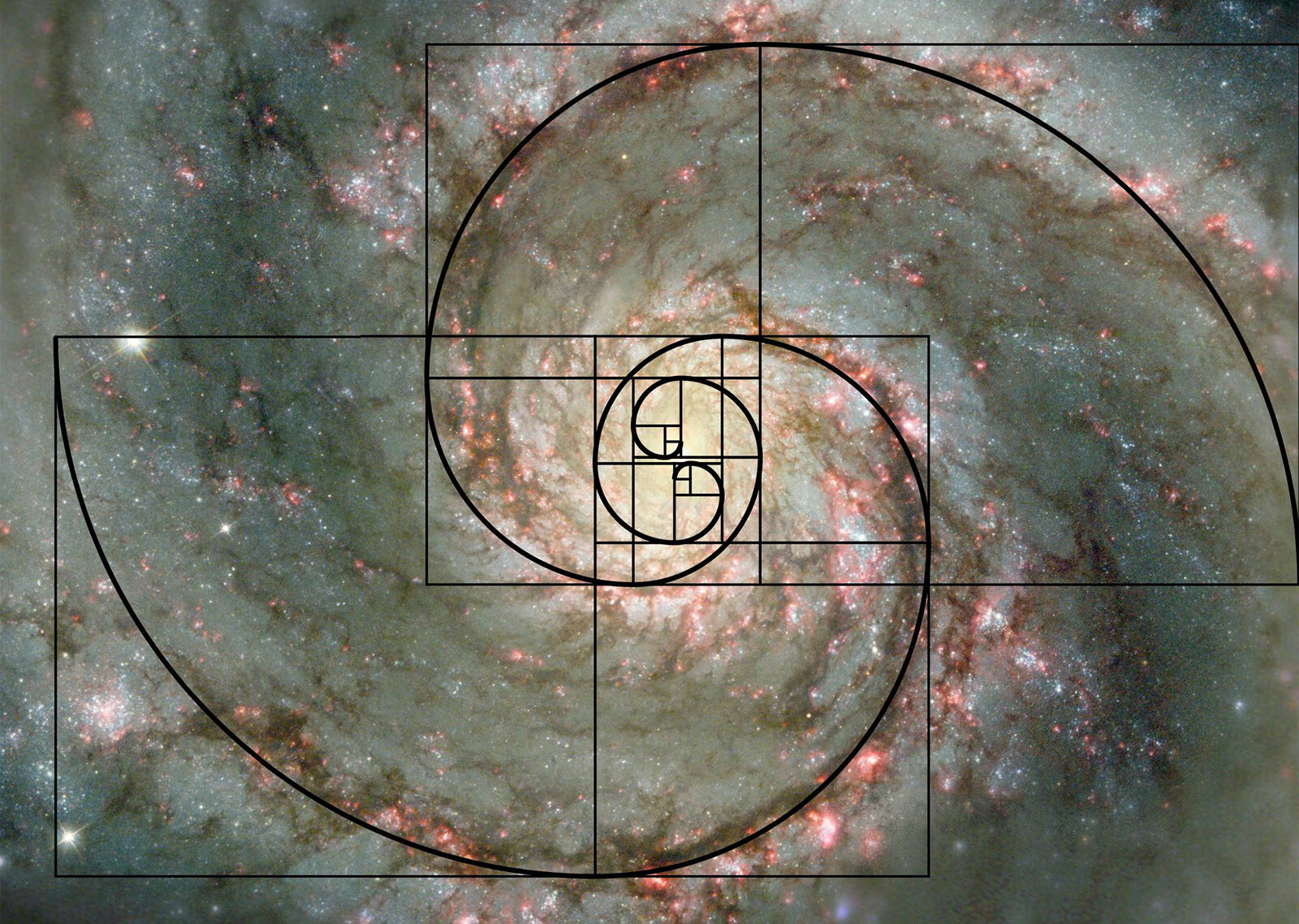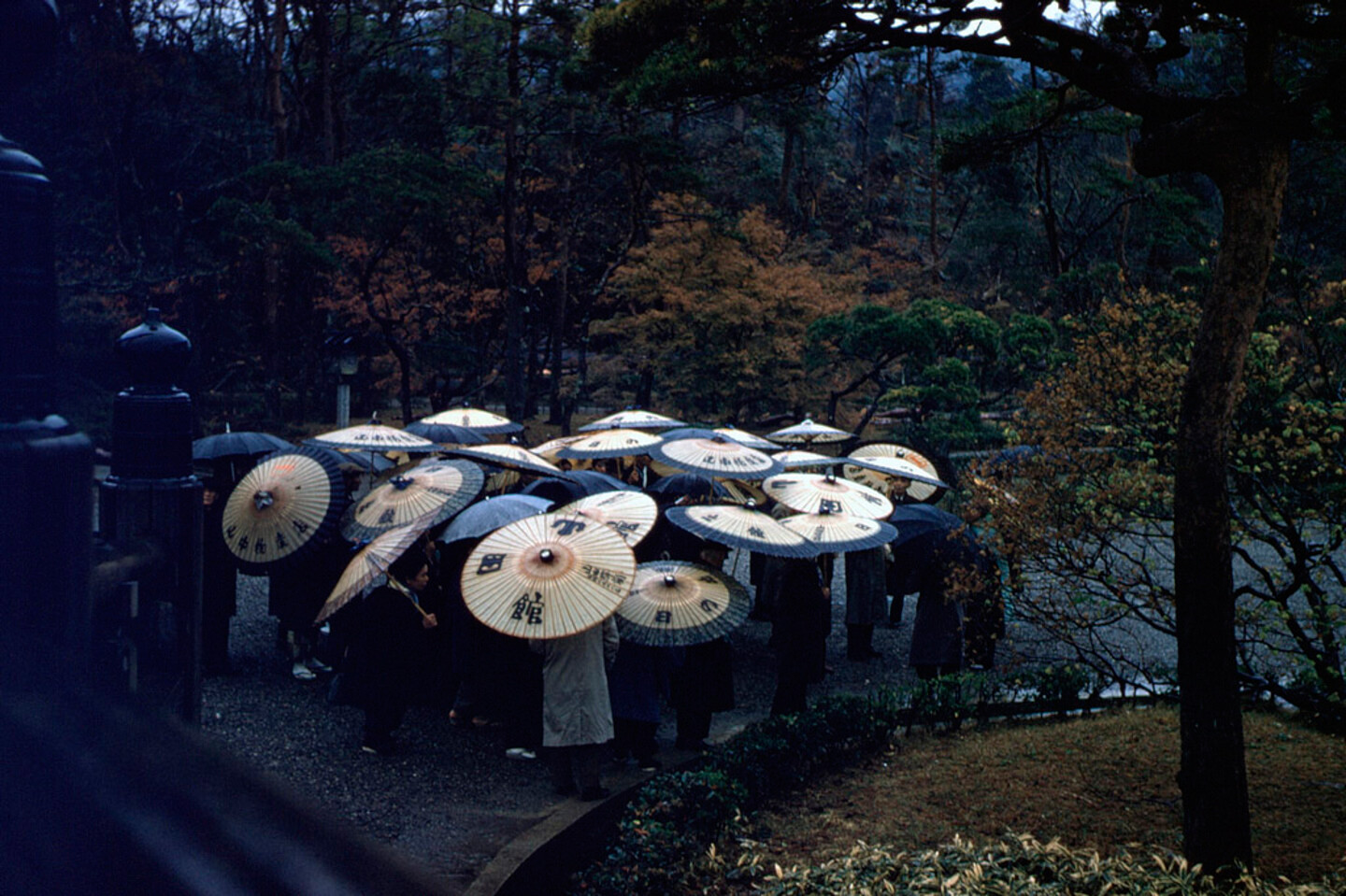Self-directed Exit Education
They called me a ‘snob,’ which, obviously, left me overjoyed. I was inventing culture for myself, and at the same time inventing a character and a personality.
—Didier Eribon1
In Returning to Reims, a 2009 autosociographic account of class flight and proletarian self-hatred, French philosopher Didier Eribon, author of a well-known biography on Michel Foucault and several books on la question gay, emphasizes the role of autodidacticism and self-directed subjectivization as a social and existential exit strategy in the Althusserian scenography of ideological interpellation. These processes stand for a particular mode of organizing one’s own intellectual formation in order to emancipate oneself from the confines of class origin. As a high school student from a proletarian background growing up in a French provincial town in the late 1960s, Eribon discovered the mobilizing pleasures of modern literature through a friend from a bourgeois family. Reading as such, but especially reading according to a literary canon constructed in seeming autonomy, proved to be essential for Eribon in escaping the social context that he experienced as constraining and repressive. Around the same time he designed an education, a “culture” for himself, started fashioning a political subjectivity as a member of Trotskyist group, and began acknowledging his sexual desire as a gay man. This education required seceding from the homophobic and anti-intellectual milieu of his family, and was to a large extent autodidactic; cruising, taking a test-drive along various avenues of subjectivization, both intellectual and sexual.
In retrospect, equipped with a sociological sensorium shaped by the study of Pierre Bourdieu, Annie Ernaux, Raymond Williams, Michel Foucault, and others, it appears obvious to Eribon how much his autodidacticism and aspiration to become an academic intellectual owed to the naiveté and ignorance of someone whose “educational choices … bear the mark of the deprived social circumstances.”2 On the other hand, the choices he made to liberate himself from the strongholds of class and to distance himself from his origins—socially, geographically and psychologically—were constitutive of the person he aimed to become. Though they caused feelings of guilt at the moment of his father’s death, Eribon acknowledged the extent to which his emancipation was based on self-hatred and a shameful denial of class, as well as a gradual insight into the reality of social stratification. He observed how his futile attempt to inhabit the self-conception and attitudes of those claiming to own the privileges of middle class/bourgeois culture separated knowledge from his own social praxis and experience. Yet however suspiciously his younger self is revisited, there is a peculiar pride tangible in Eribon’s renditions of such self-directed learning.
Returning to Reims may be considered a typical narrative of self-design, or, as Spinozist philosopher Chantal Jaquet calls it, the quintessential story of “class-passing” and “non-reproduction.”3 These modes of constructing a self may testify to the plasticity of social existence, but are, for Jaquet, too often bound to the “illusion of the self-made man,”4 driven by guilt and shame in a solitary quest for self-invention. And while Eribon does not deny the solidarity and collectivity of the various milieus he dwelled in to become who he did, he nonetheless considers his trajectory in terms of building a singular self.
WEB.jpg,1600)
WEB.jpg,1200)
Detail of the exhibition catalog Body Covering (New York: American Craftsmen’s Council, 1968). The exhibition took place at the Museum of Contemporary Crafts, April 6 - June 9, 1968.
Architecturality of the Self
One of the crucial political fantasies surrounding ’68 was to escape the confines of milieu and the ability to move swiftly across the social spectrum. Vital interest in matters of class was displayed by members of the bourgeoisie, students and artists. Searching for a political subject outside of themselves they turned—for the last time—to the working classes, while simultaneously rehearsing a variety of other escapist methodologies, from hallucinogenic drugs and drop-out communities to the science fiction of hyper-personalized mobility.
In one of her rare, brilliant interventions in the pages of Architectural Design in the late 1960s, architect and artist Ruth Lakofski (Denise Scott Brown’s sister) speculated about how “one’s life’s work becomes one’s own physical vision of oneself perfecting it, choosing the perfect skin, hair, body, eyes, soul and spirit to feel magical—narcissus watching him/herself reflected in the water and gradually, gently changing all the time.”5 Lakofski’s comments were partly instigated by the catalogue of a 1968 exhibition on “body covering” at the Museum of Contemporary Crafts in New York that featured, among other things, survival gear like an individual inflatable life raft garment made for NASA and a one-piece air-ventilated protective suit. Her column reflected upon “the use of cyborg clocking into homeostatic systems” and addressed the whole gamut of life- and performance-enhancing technologies imaginable in 1968 that were capable of propelling humans into a posthuman process of coming “into our own again as anything at all.”
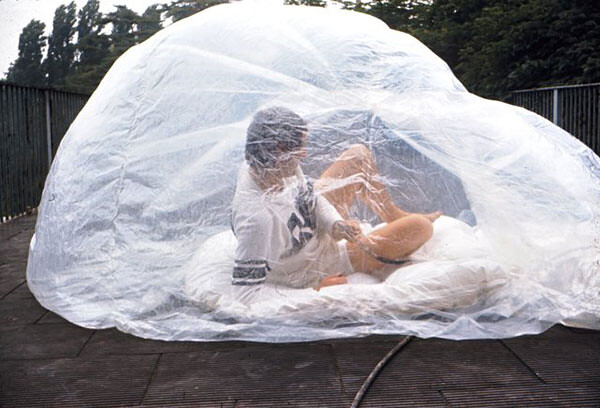

A detail of a prototype of Cushicle, an individual mobile living space by Archigram, here photographed with a dweller.
Considering its context, Lakofski naturally invoked Archigram member Mike Webb’s mid-1960s “Cushicle” project when writing about homes to be carried “around with us.” Webb’s customized two-part mobile enclosure synthesized mechanical and biological systems.6 It was to provide a cybernetic environment designed to anticipate the nutritional, metabolistic, and affective needs of the dwelling person, lending them sustainable autonomy in the face of increasing physical and communicative demands in a near future of (post)humanity. The narcissistic monadism of such self-containment (or, arguably, containment of the self) made Lakofski think of “the addict with his paper bag,” an association she elaborates upon almost twenty years later in another essay. With the “Soul Box,” Lakofski reflects particularly on “people who have managed to make themselves into containers of their own souls.”7
A bag lady (vagrant) carries with her in her endless journeying through the streets, night and day, her myriad paper bags, each containing a fragment of a soul. A poet, painter, writer, musician, or indeed carpenter, boat-builder or person with a hobby, must have a place to work relentlessly to develop and house the developing soul, without which she or he feels and is dead. Studios and workshops, “A room of one’s own,” are spirit houses, containers of the exploring soul.8
Clearly sympathizing with the model of the apparently-chaotic-though-in-fact-meticulously-organized mobile architecture of the “bag lady,” Lakofski connects the psychic life of the searching individual—the “developing” and “exploring” soul—with issues of housing and dwelling. Emphasizing the inherent spatiality and three-dimensionality of the dweller’s immaterial activities, she points to the intricate relation between self and architecture, if not to a veritable architecturality of the self. To conceive the individual’s inner workings in topological or spatial terms has a long tradition; just think of the theaters of memory or the intersection of the dreaming self and the place where it dwells, from psychoanalysis to surrealism and onto various lineages of the horror genre.9 As Anthony Vidler aptly puts it, architecture “manifests itself in that most ambiguous of all elements—space—within which psychic projection and introjection move freely and without fixed boundaries. It is thereby a site for all the spatial terrors and phobias that have haunted the medicine of the mind since the late nineteenth century.”10
The identification of architecture and subjectivity operates at the heart of numerous projects that promise the enhancement of the subject’s capacities of learning and cognition. Probably one of the most comprehensive investigations into the “spatial terrors and phobias” and their connection to architectures of learning was undertaken by the artist Mike Kelley. His Educational Complex (1995-2008) project, “a large architectural model made up of individual models of every school [Kelley] ever attended, plus the house in which [he] grew up,”11 not only explored the repressed memories and traumata of education by reconstructing past, autobiographically charged places of learning, shame, lust and fear, but also forcibly underscored the inseparability of physical architecture(s) and subjectivization. By the same token, Educational Complex renders the rift between the psychic, often entirely imaginary or dreamlike reality of learning environments, and their manifest physical outside. Howard Singerman compares this “non-correspondence between exterior elevation and interior life” to the antagonism between “the clarity and transparency of modern educational architecture, and of the reasoned pedagogy it at once figures and informs” and “a distinctly antimodernist, even gothic, darkness”12 to be found in the rituals of education and the cultural resistance of those supposed to be educated.
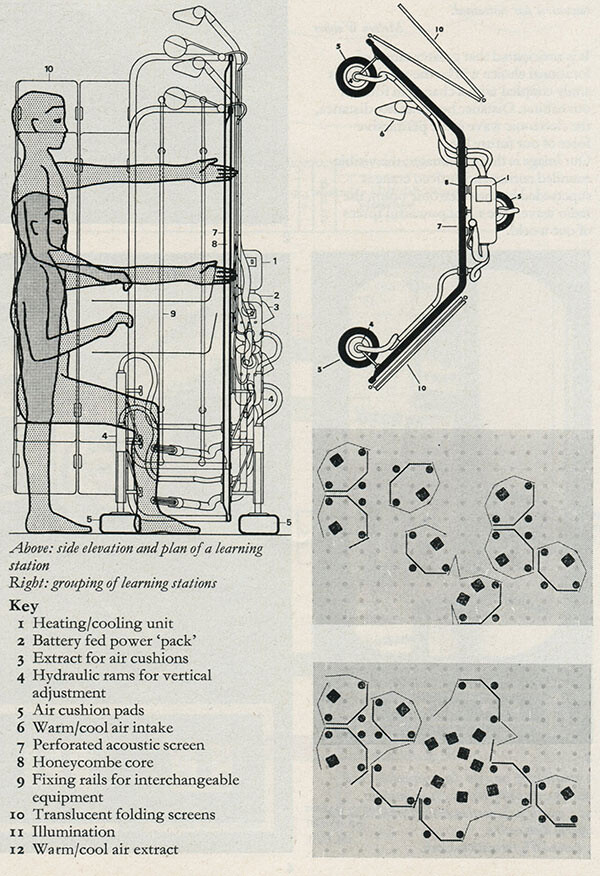

Chris Abel’s mobile learning stations design as featured in Architectural Design, no. 39, March, 1969.
Autonomy of Learning, or the Global Classroom
As if to free the individual not only from the constraints of class but also from the obsolete structures of an outworn educational system, designers and architects of the late 1960s increasingly focused on models of personalized learning environments that were to foster autonomy and mobility. Chris Abel, for instance, an architect and urban planner who advised on the architecture of schools for the Greater London Council, in 1969 proposed designs for “mobile learning stations.” Conceived to be largely independent from their surroundings, these stations were to be equipped with different filing systems, display panels, work surfaces, technological aids and media.13 The individual student could either learn on their own by immersing themselves in a tailor-made, controlled and programmed environment, or by connecting with other stations to generate variable learning groups. Contrary to what it might seem, however, Abel and his colleague Chris Dawson’s deliberations were less about an Archigram-type space capsule of technologically supported independence, but rather addressing a “new system” to “emerge from a change in the organization of educational and community provision.”14 They envisaged a “coordinated network” and “interdisciplinary resources of a radical nature” of which the “mobile learning stations” were to be only one part.
In a February 1969 article on the “university environment,” Berkeley-based ecological designer and architect Sim Van der Ryn, founder of the Farallones Institute, friend of renegade designer-educators Ant Farm, and state architect of governor Jerry Brown’s California, developed ideas concerning such a coordinated network, though from a somewhat different angle than the London planners. Criticizing the frenetic postwar production of modernist campus planning and buildings in the United States, Van der Ryn accused planning of operating like a “closed system in which the users do no really participate.”15 Drawing on environmental psychologist Robert Sommer’s 1969 classic Personal Space: The Behavioral Basis of Design, he emphasized the extent to which architecture shapes the individual’s learning and social intercourse as well as how physical forms and administrative arrangements account for significant changes in patterns of human activity. Van der Ryn recommends that instead of being controlled by standardized institutional architecture, people should be encouraged to change their environments, taking benefit from the flexibility that comes, for instance, with new plastic building materials.16 Rather than constructing everything anew and forcing students and faculty to move into “bright shiny new quarters,” negatively modifying their behavior, a “sense of community” should be provided by creating “‘waste space’ that serves as neutral turf for people to come together.” However, according to Van der Ryn, evidence suggests that “open inquiry and independent scholarship, the development of individual student capacities on their own terms, and the production of measurable material benefits for society are increasingly divergent activities. They do not and perhaps cannot co-exist in the same psychic and physical space.”
Referring to exceptions such as the Esalen Institute in Big Sur, the Free University in Palo Alto, Fresno and Mountain View, and SUNY College Old Westbury, Van der Ryn underlines that “there is a limit above which a spatial concentration of educational resources is self-defeating, dehumanizing and wasteful.” “Spatial diffusion” is therefore key, given the “extended mobility of most students, and the non-spatial orientation of learning media such as computers and television.”17 The future of university education is, accordingly, media-based, “self-programmed instruction,” and “the place for individual learning will be the home, or a personal study station.” Van der Ryn was an early, though arguably unintentional proponent of the Californian Ideology, a believer in the potential benefits of networked learning, and the emancipatory effects of technological progress. His anthropology is based less on organizational theory than on a philosophical outlook on the challenge of radical freedom; freedom both from religious norms and capitalist economy’s demands of productivity. The “future learning environment,” as a space of “genuine social innovation, or exploration of self,” will be “grounded in each man’s [sic] belief in his [sic] own interior potential, the new ‘soul.’” Tellingly, Van der Ryn brought discourse on the design of future learning environments together with musings about the inner life of the learning subject whose “new soul” is the resource to be cultivated and looked after. However, the “soul box” of the learner in a spatially “diffused” educational geography should be considered in terms other than the physical campus building, the mobile study or even Kelley’s educational complex.
In the 2015 UNESCO-sponsored policy paper entitled “The Futures of Learning,” notions such as “active learner,” “metacognitive development” and “participatory learning” are abound. The most important, however, seems to be the “personalization” and “customization” of learning, or even “learner-designed learning.” As if copy-pasted from Van der Ryn’s 1969 tract, the advice reads as follows: “With personalized learning, individuals approach problems in their own way, grasp ideas at their own pace, and respond differently to multiple forms of feedback.”18 Neuroscience research is cited to the effect that instead of preparing “lessons” (so old school), the task of a instructor should be “designing project-based forms of learning.” This proposition rests on the assumption that learners improve better on “core subject matter” and benefit from emphasis on “depth over breadth” when learning in a personalized environment.19 “Instructional design” is presumed to become the central agency of such infinitely customized collaborative pedagogy. The key instructional designer, however, is going to be the learner herself, equipped with networked hand-held devices: “Future learning processes will inevitably take place in environments in which learners select their own modes of learning and bring personal technologies into education,” thereby dissolving not only any difference between formal and informal learning, but also between inner and outer, psychic and physical spatialities of learning.20
This exit from the old systems and architectures of both education and class and enter into mobile learning capsules, however they may be defined, has been a political project and designer’s dream since at least the 1960s. Yet considering Didier Eribon’s self-critical account of class flight into self-organized learning, Ruth Lakofski’s appreciation of the bag lady’s mode of spatializing her “exploring soul,” or Sim Van der Ryn’s proposals for an education revolution based on radical individualism, the vista of “pedagogy 2.0” and lifelong personalization (read: commodification) as is promoted today is truly disheartening. That said, the self still waits to be designed. Improved enclosures for enhanced learning experiences will be proposed, with no end in sight. The paradox of programmed autodidactism and the responsibilization of the neoliberal subject to watchfully manage their own lifelong learning curriculum will stimulate the knowledge industry of instructional design schemes. It might thus be convenient to recall what Ivan Illich, author of the influential 1971 Deschooling Society, self-critically wrote in retrospect when he called for “the reversal of those trends that make of education a pressing need rather than a gift of gratuitous leisure.” Drug-like addiction to education, Illich bemoaned, would make “the world into a universal classroom, a global schoolhouse.”21 Something surely to be avoided, at all cost.
Didier Eribon, Returning to Reims, trans. Michael Lucey (Los Angeles: Semiotext(e) / Foreign Agents, 2013), 175.
Ibid.
Chantal Jaquet, Les Transclasses ou la non-reproduction (Paris: P.U.F., 2014).
“Le self-made man est une illusion” [Interview with Chantal Jaquet by Antoine Louvard), Marianne, 8 June 2014. →
Ruth Lakofski, “Come Back Narcissus – I Love You/Me”, Architectural Design 39, 6 (June 1969): 293.
The Cushicle consisted “of a chassis with appliances and personalized apparatuses and an inflatable envelope. The chassis is structured like a spine and would include a heating system. The helmet would contain the radio and mini-TV. Food and water modules could be added to the chassis as attachments. The two skins would be envelopes for the rider, covered with viewing screens. The two could be used independently or simultaneously.” →
Ruth Lakofski, “Gedanken über die Seelen-Kiste/Reflexions on the Soul Box,” Daidalos. Architektur–Kunst–Kultur, 28 (June 15, 1988): 92-103.
Ibid., 93.
Frances A. Yates, The Art of Memory (London: Routledge and Kegan, 1966).
Anthony Vidler, “Fantasy, the Uncanny and Surrealist Theories of Architecture,” Papers of Surrealism 1 (Winter 2003): 3. →
Mike Kelley, “Educational Complex,” 1996, Mike Kelley. Educational Complex Onwards 1995-2008, ed. Mike Kelley and Anne Pontégnie (Zurich: JRP Ringier, 2009), 21.
Howard Singerman, “The Educational Complex: Mike Kelley’s Cultural Studies,” October 126 (Fall 2008): 48.
Chris Abel, “Mobile Learning Stations,” Architectural Design 33, 3 (March 1969): 151.
Ibid.
Sim Van der Ryn, “The University Environment,” The Daily Californian (February 18, 1969), reprinted in Architectural Design 33, 11 (November 1969): 618-620.
Ibid., 619.
Ibid., 620.
Cynthia Luna Scott, “The Futures of Learning 3: What Kind of Pedagogies for the 21st Century?” UNESCO Education Research and Foresight. Working Papers 15 (December 2015): 4. →
Ibid.
Ibid., 9.
Ivan Illich, “Foreword,” 1995, Everywhere All the Time: a New Deschooling Reader, ed. Matt Hern (Oakland, CA: AK, 2008), iv. See also Rosa Bruno-Jofré and Jon Igelmo Zaldívar, “Ivan Illich’s Late Critique of Deschooling Society,” Educational Theory 62, 5 (2012): 573-592.
Superhumanity is a project by e-flux Architecture at the 3rd Istanbul Design Biennial, produced in cooperation with the Istanbul Design Biennial, the National Museum of Modern and Contemporary Art, Korea, the Govett-Brewster Art Gallery, New Zealand, and the Ernst Schering Foundation.
Category
Subject
Superhumanity, a project by e-flux Architecture at the 3rd Istanbul Design Biennial, is produced in cooperation with the Istanbul Design Biennial, the National Museum of Modern and Contemporary Art, Korea, the Govett-Brewster Art Gallery, New Zealand, and the Ernst Schering Foundation.
